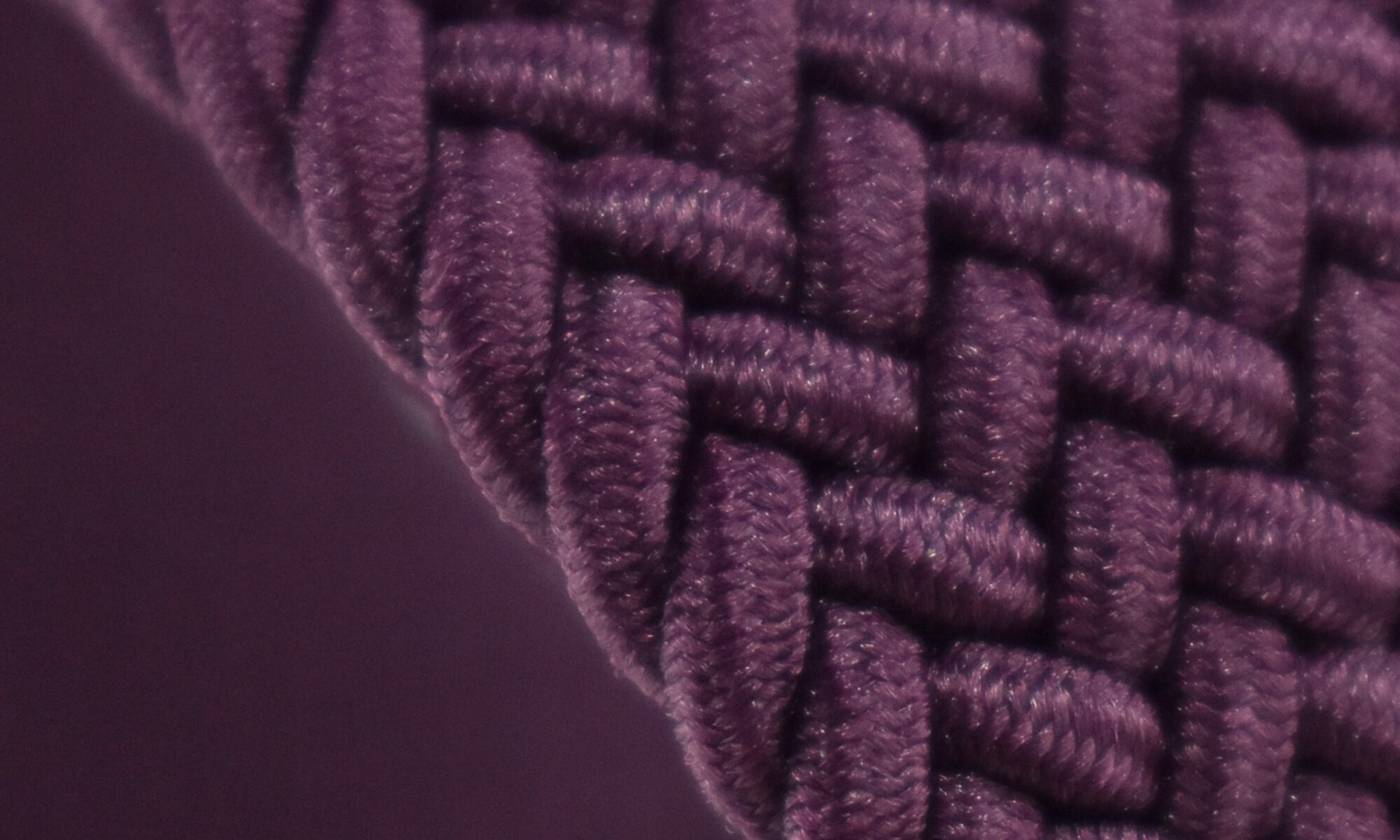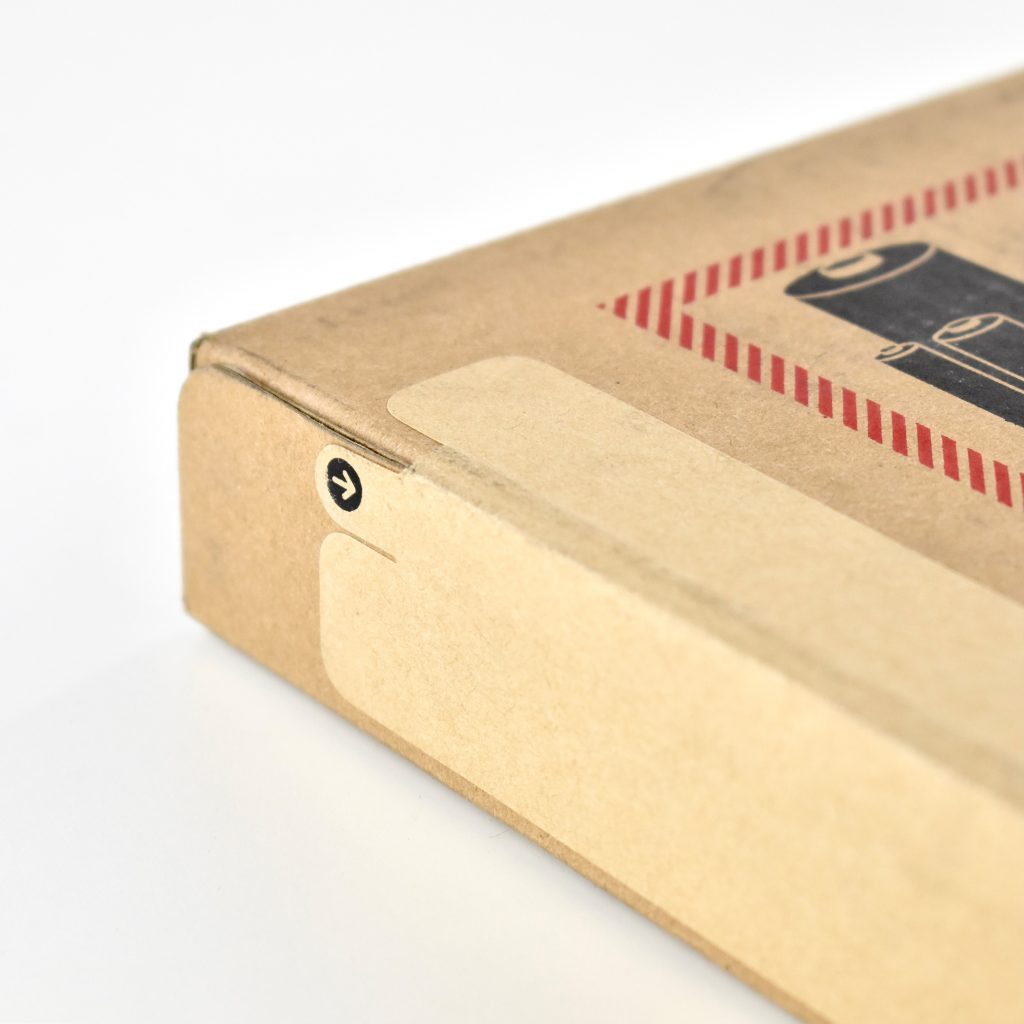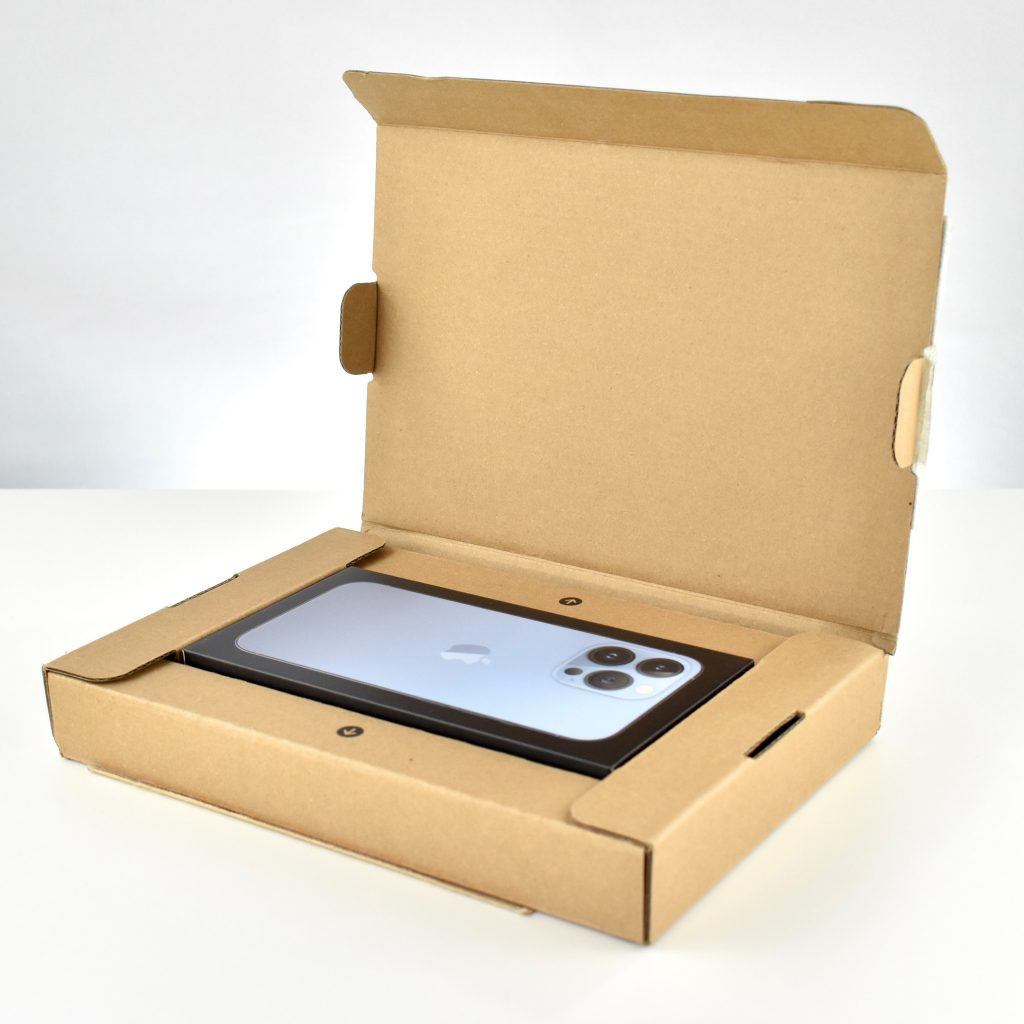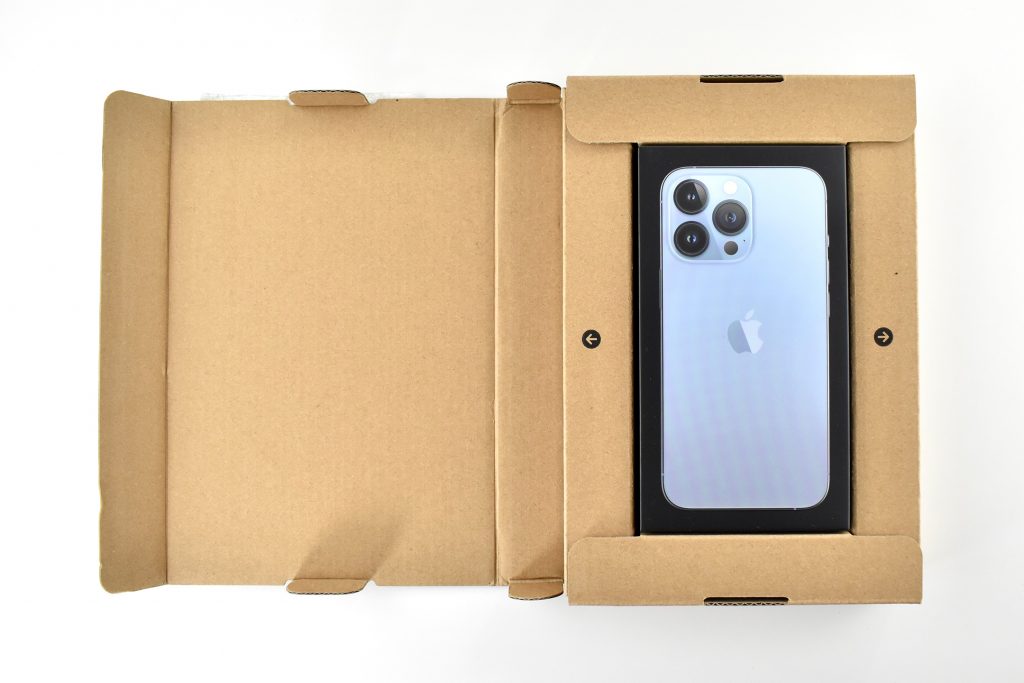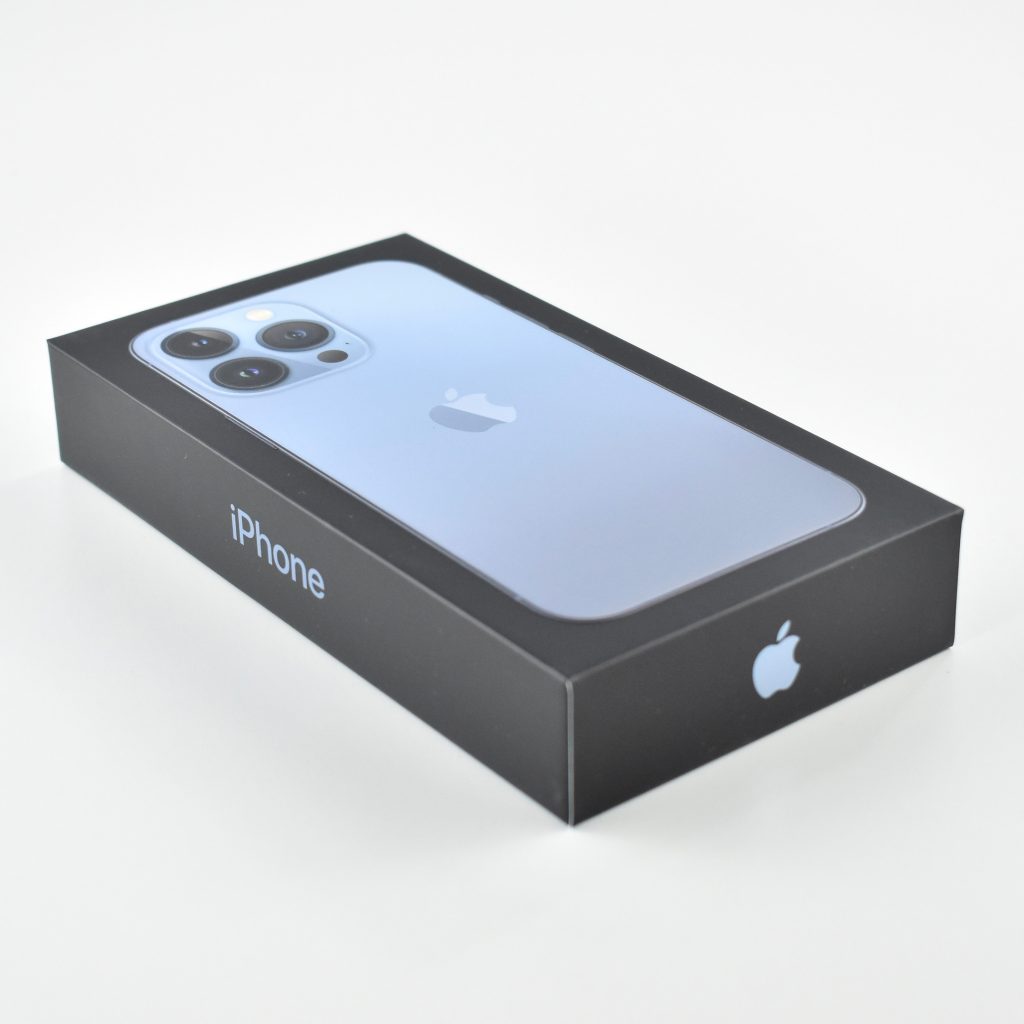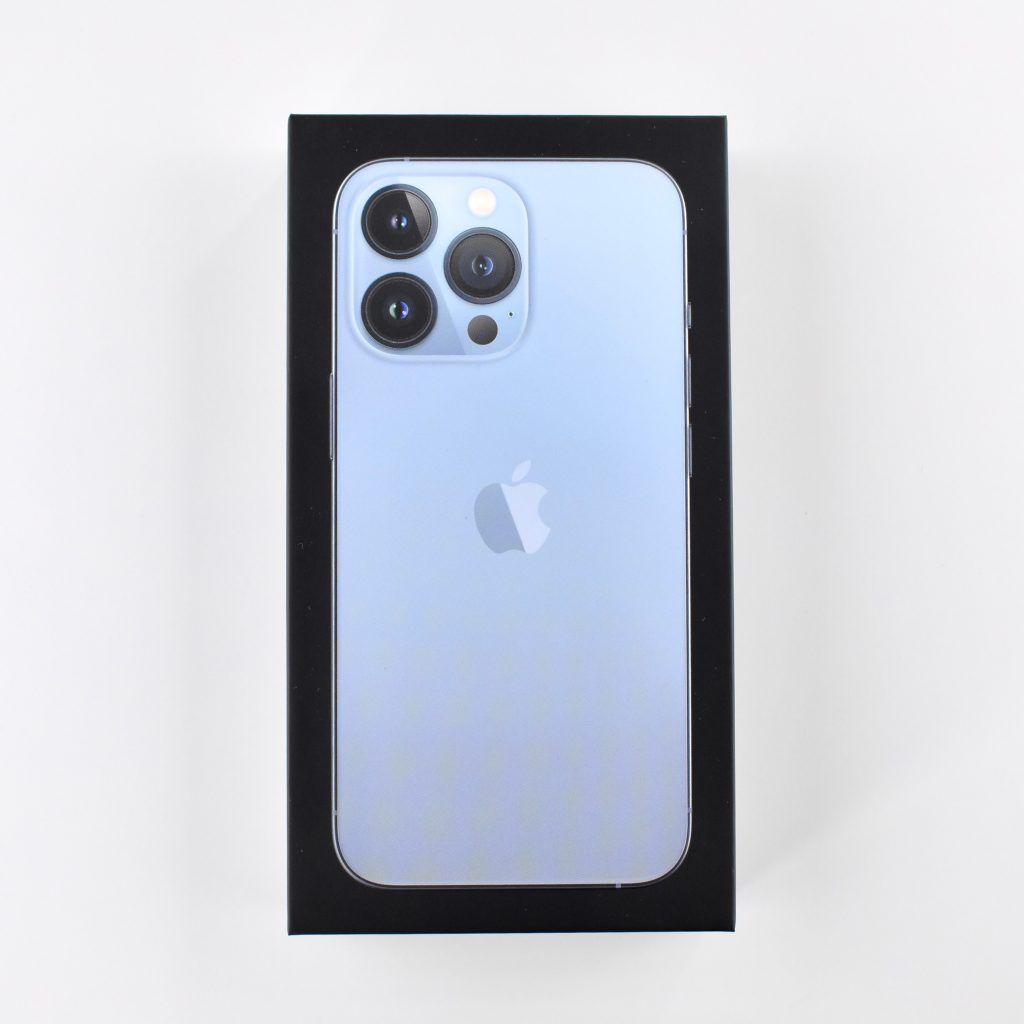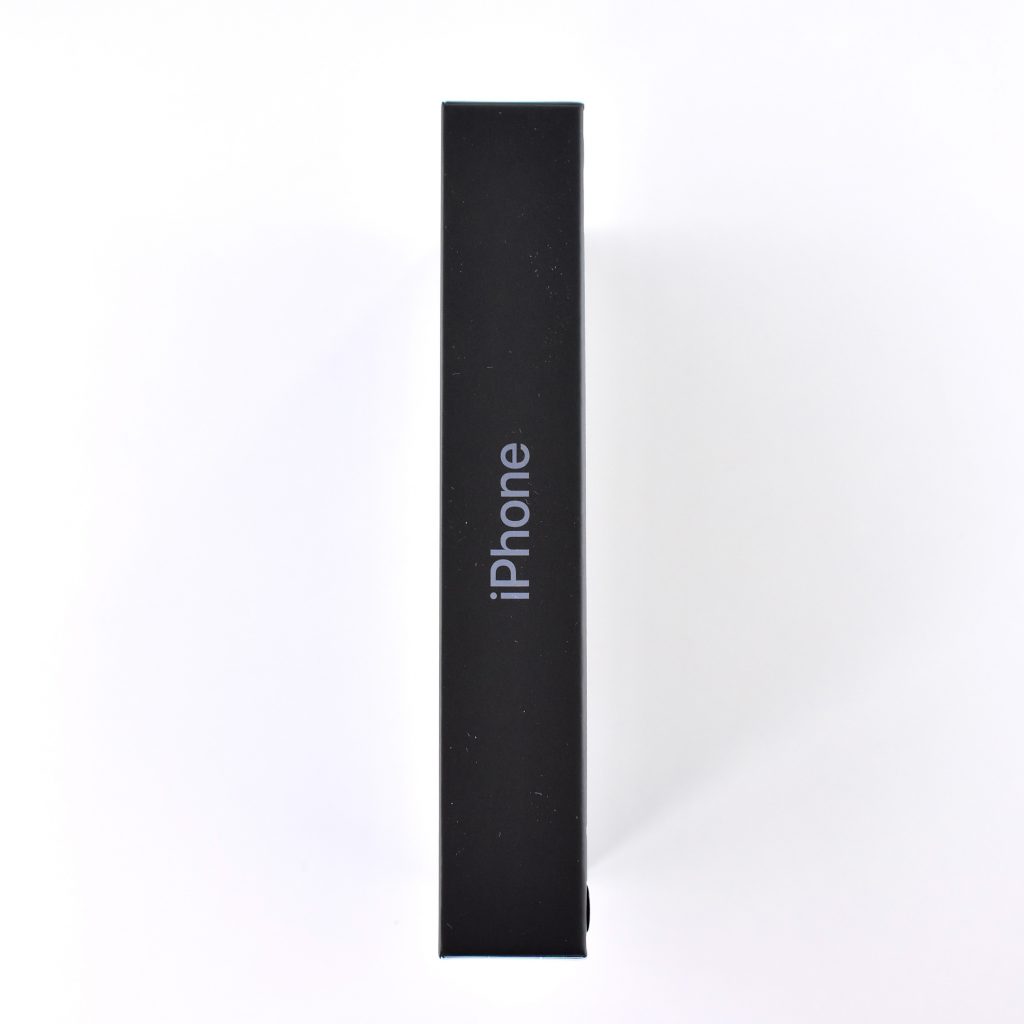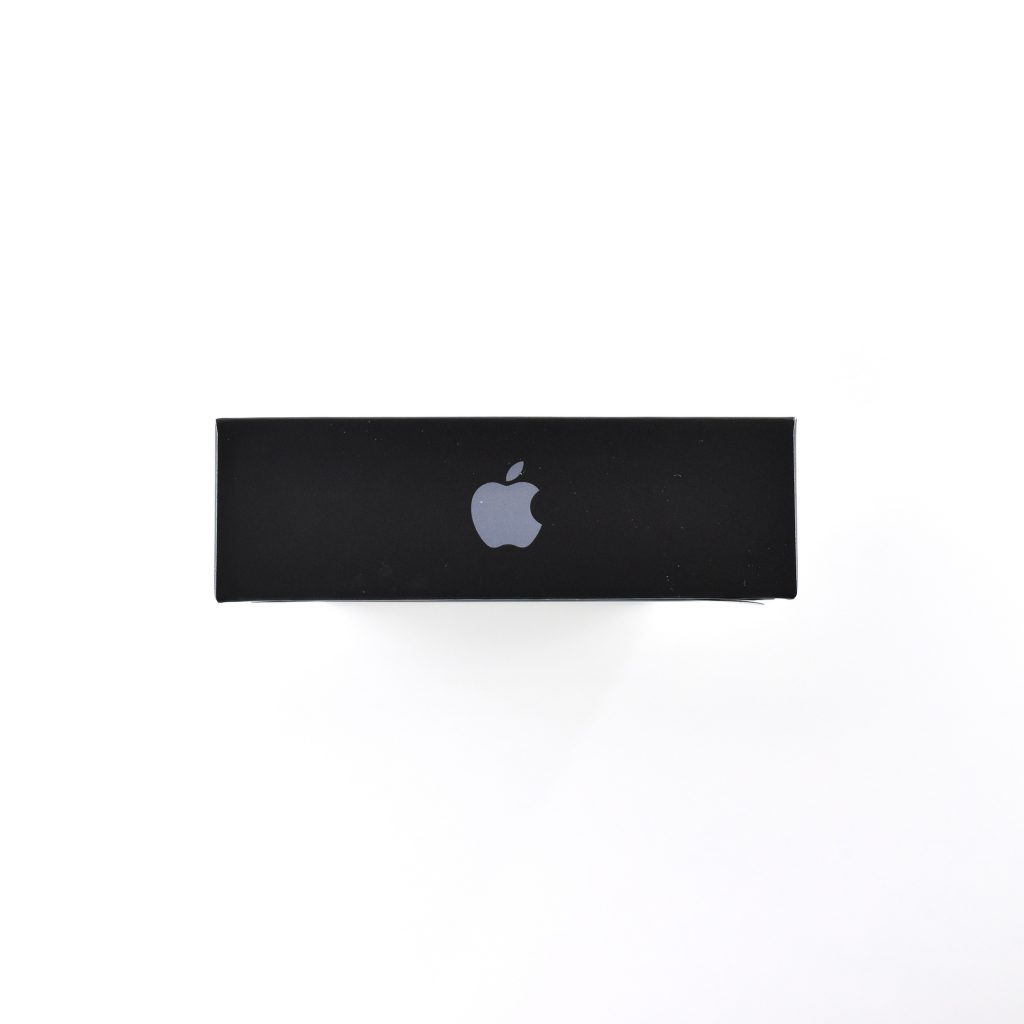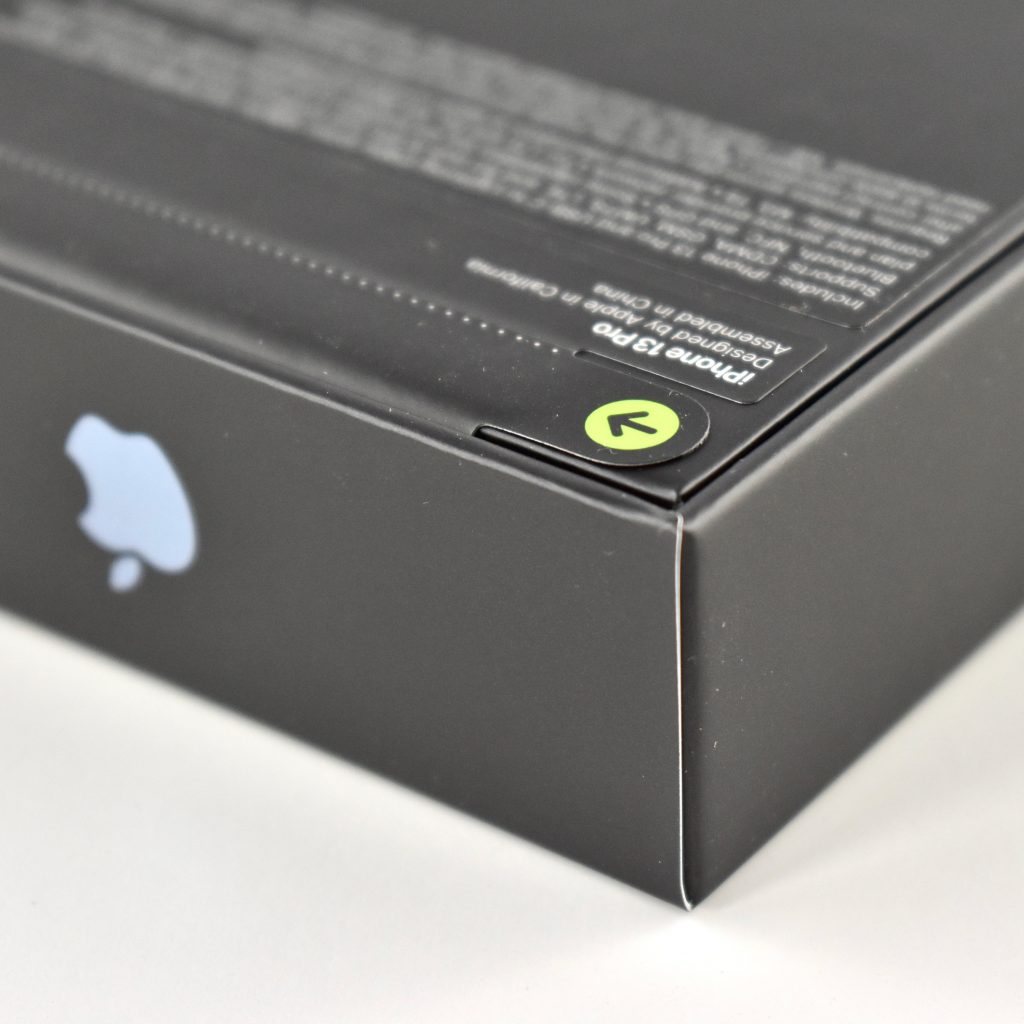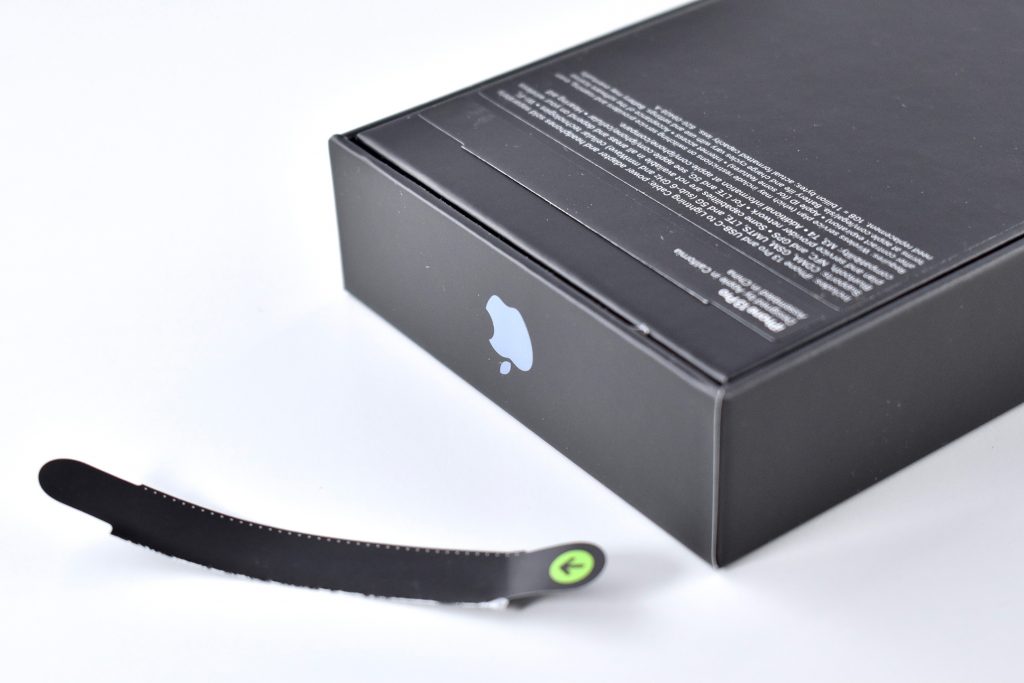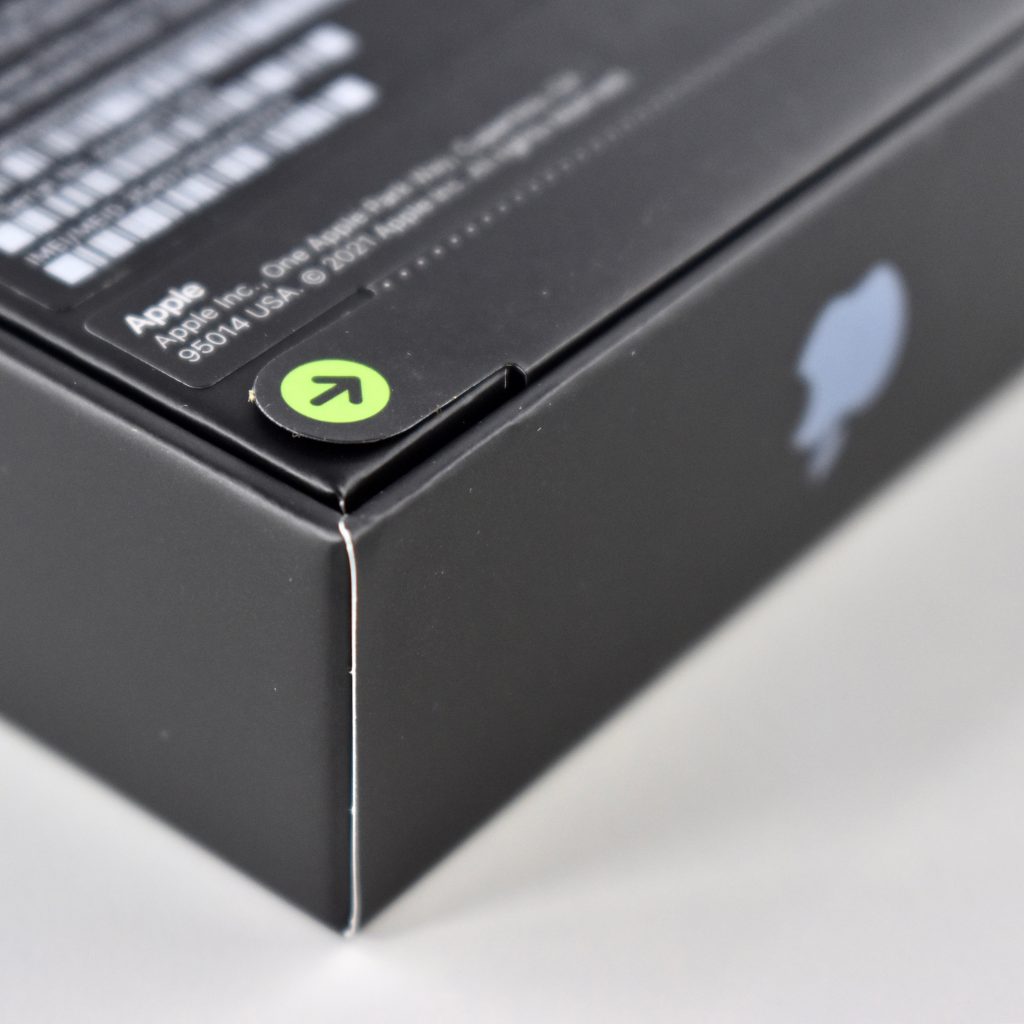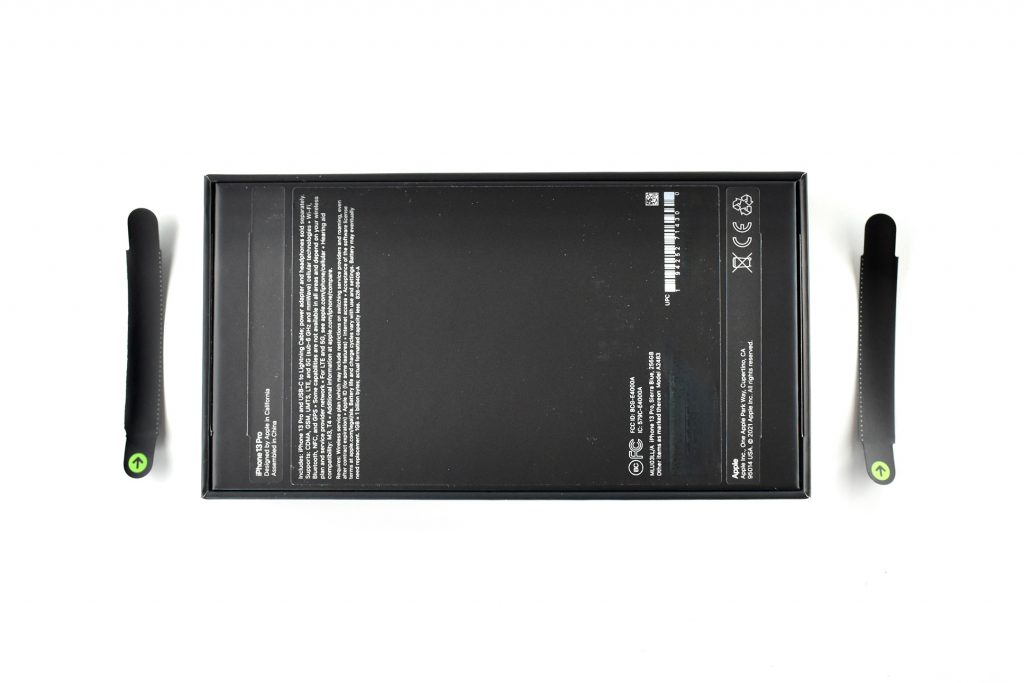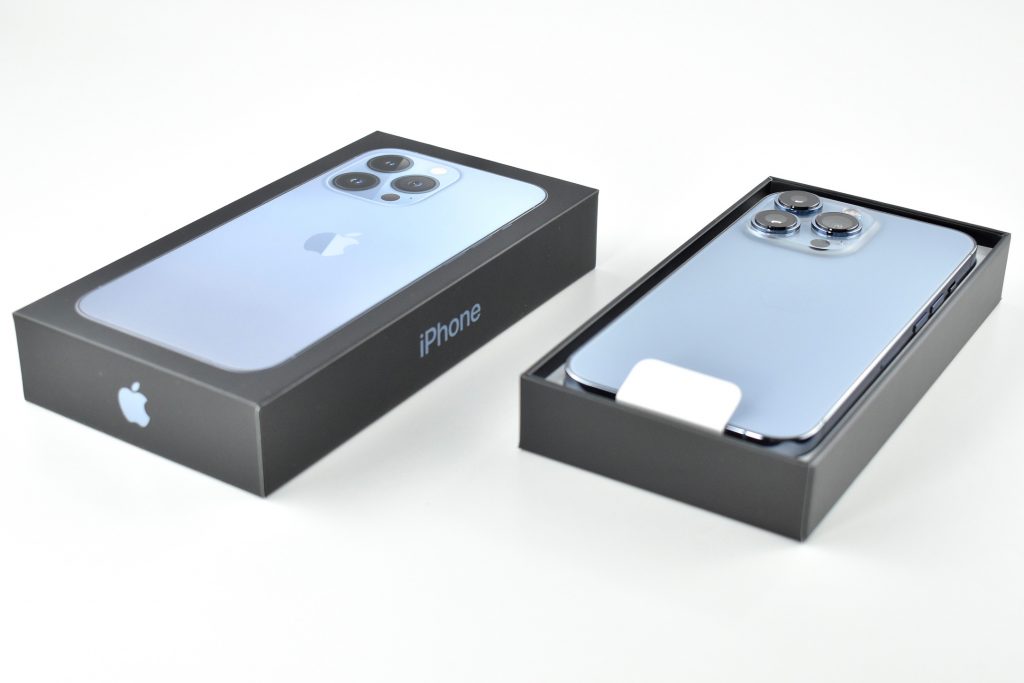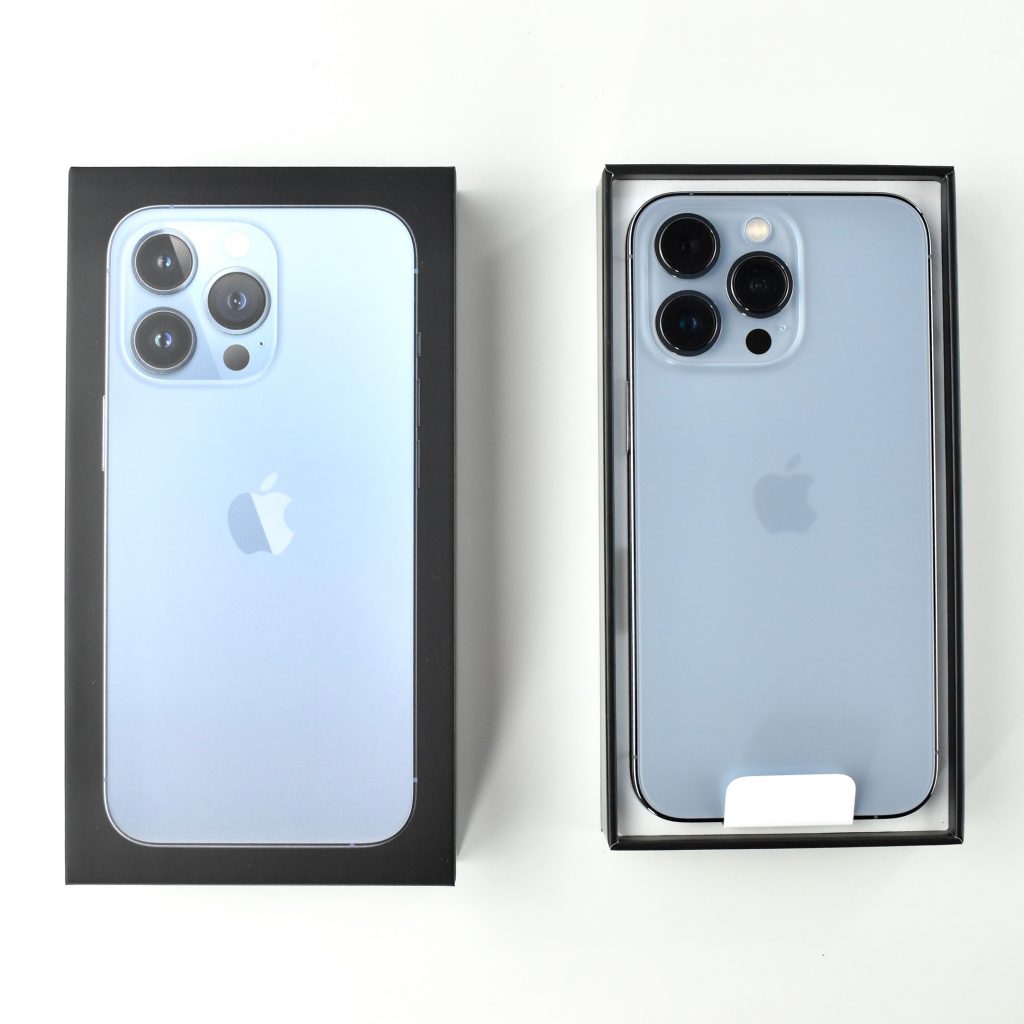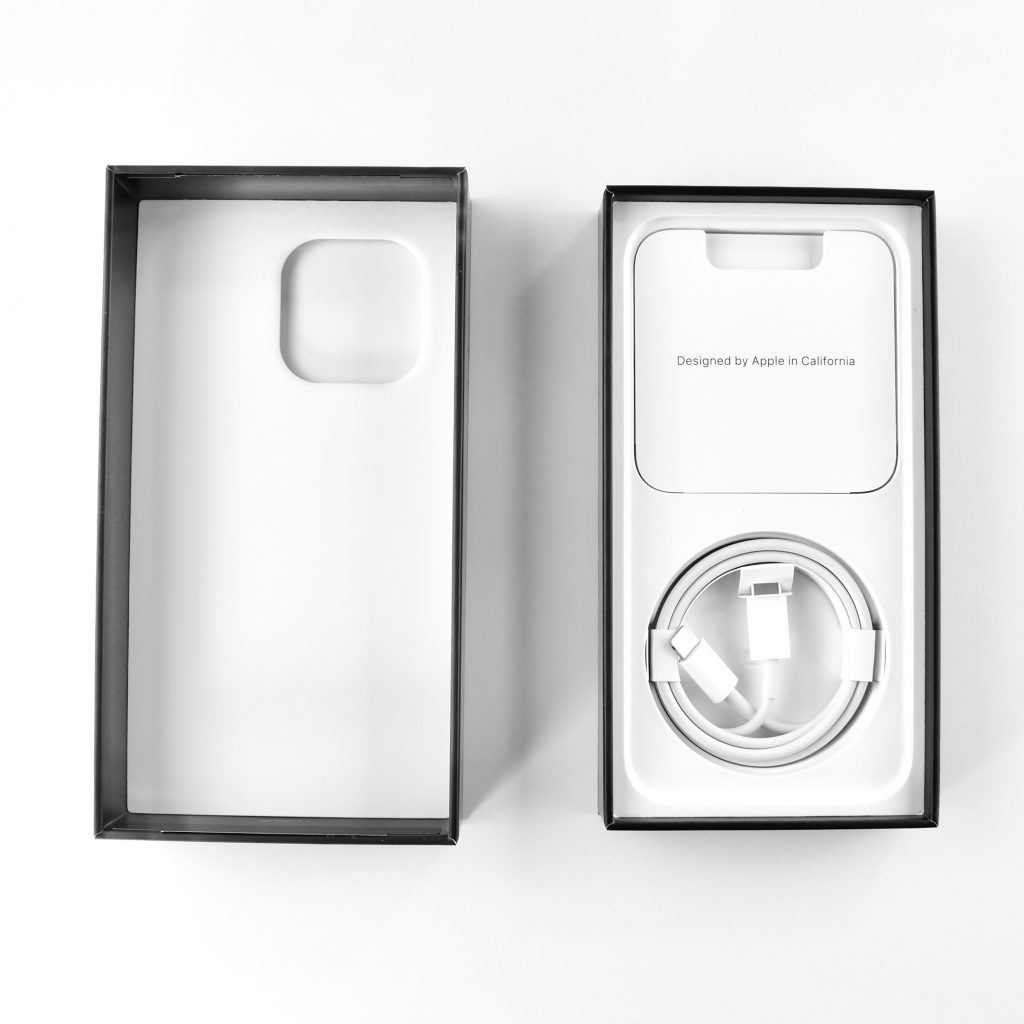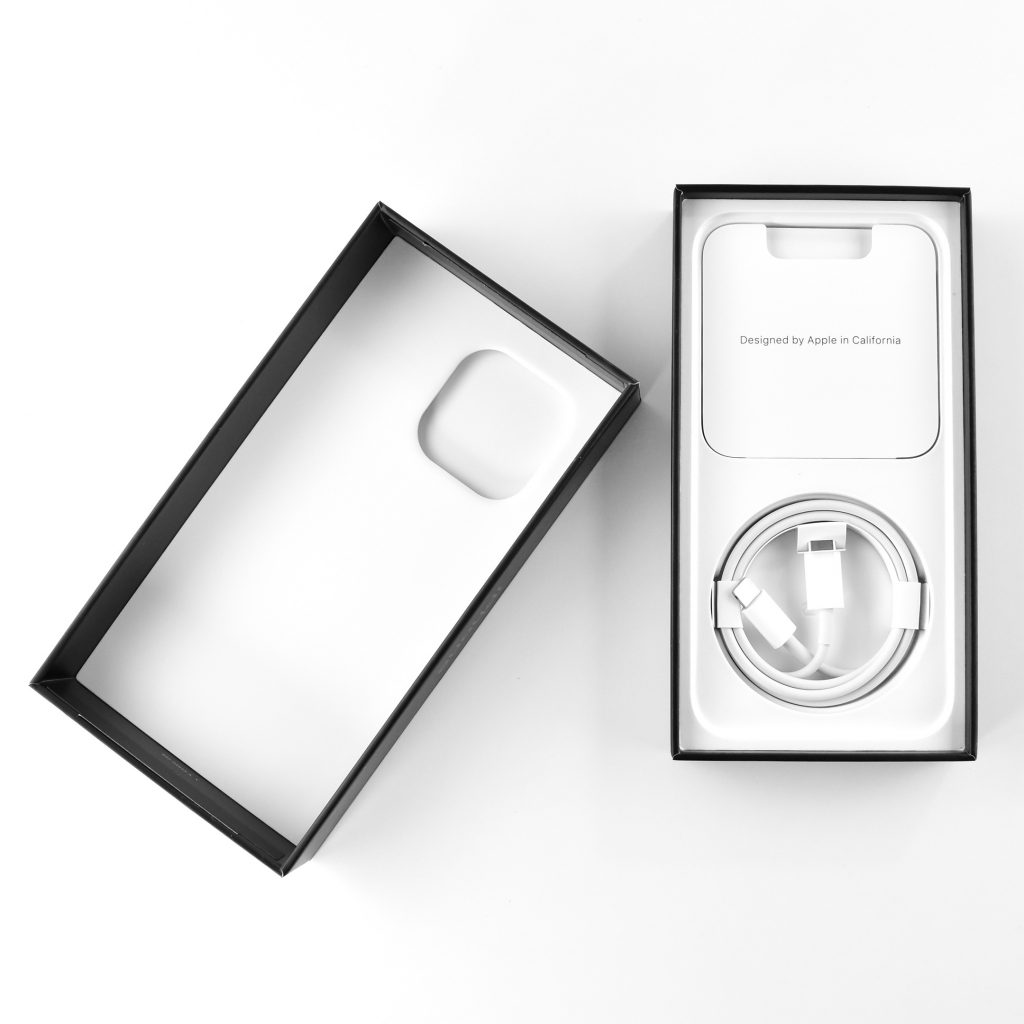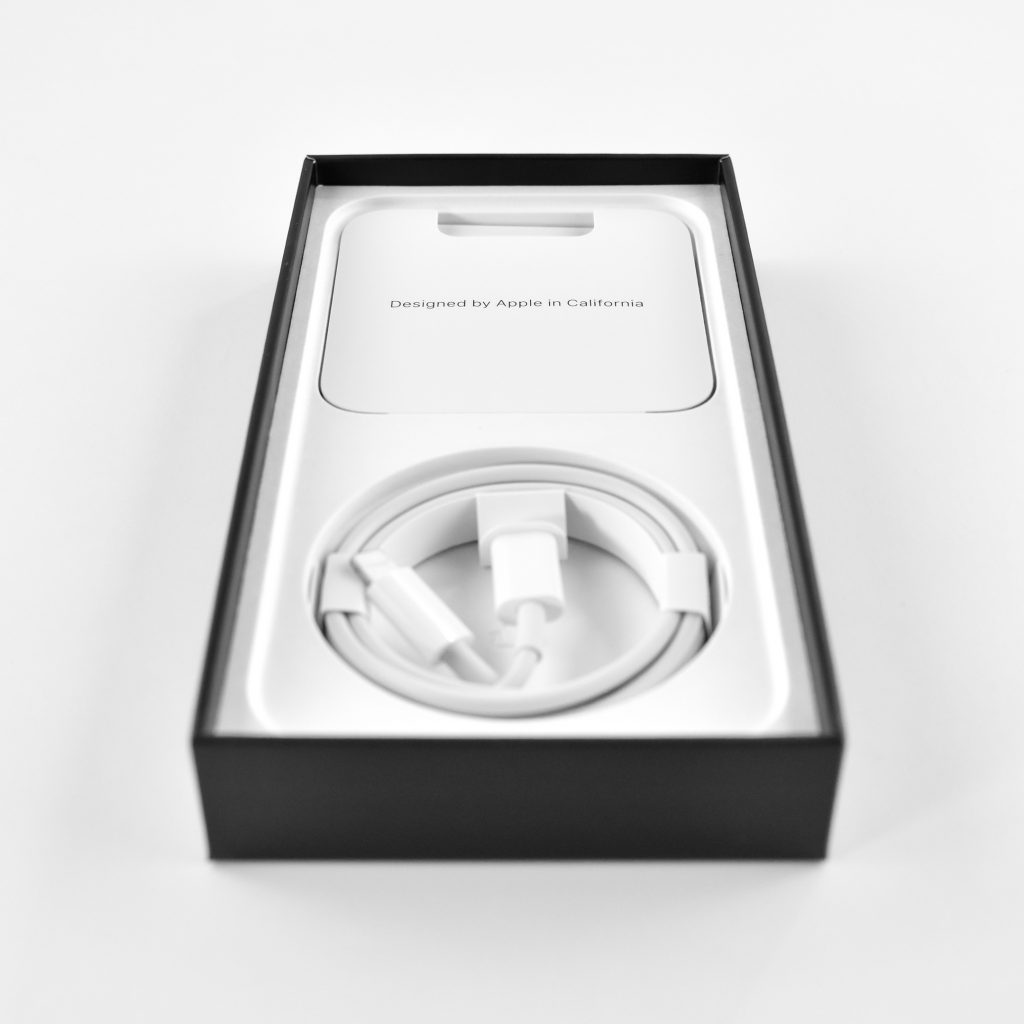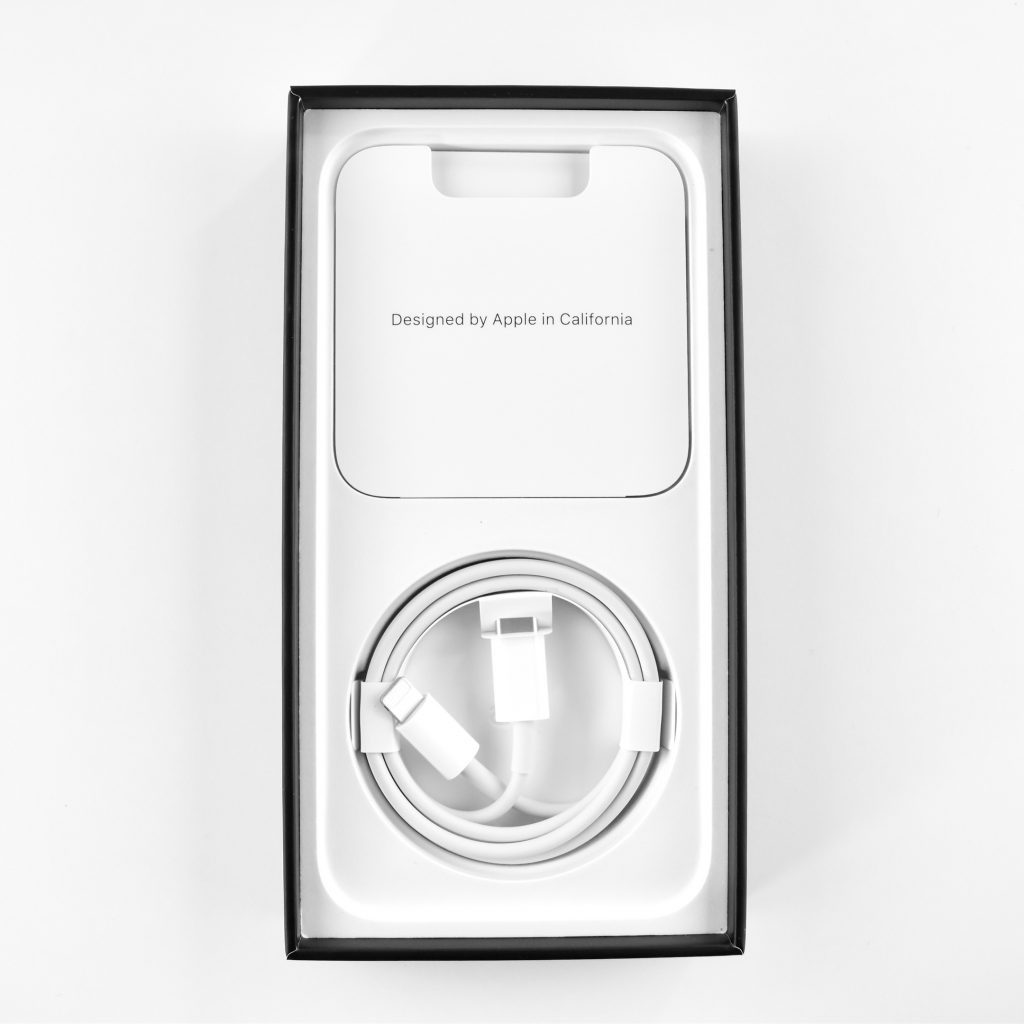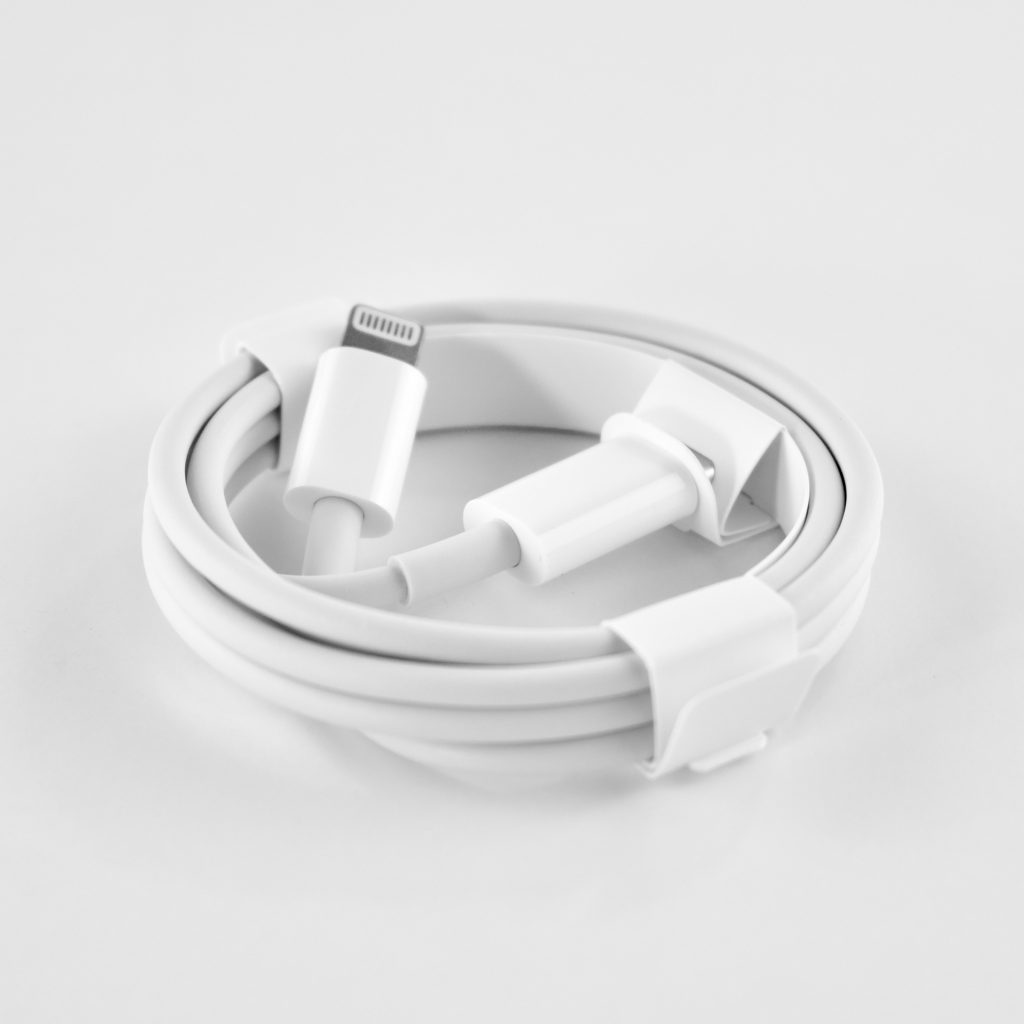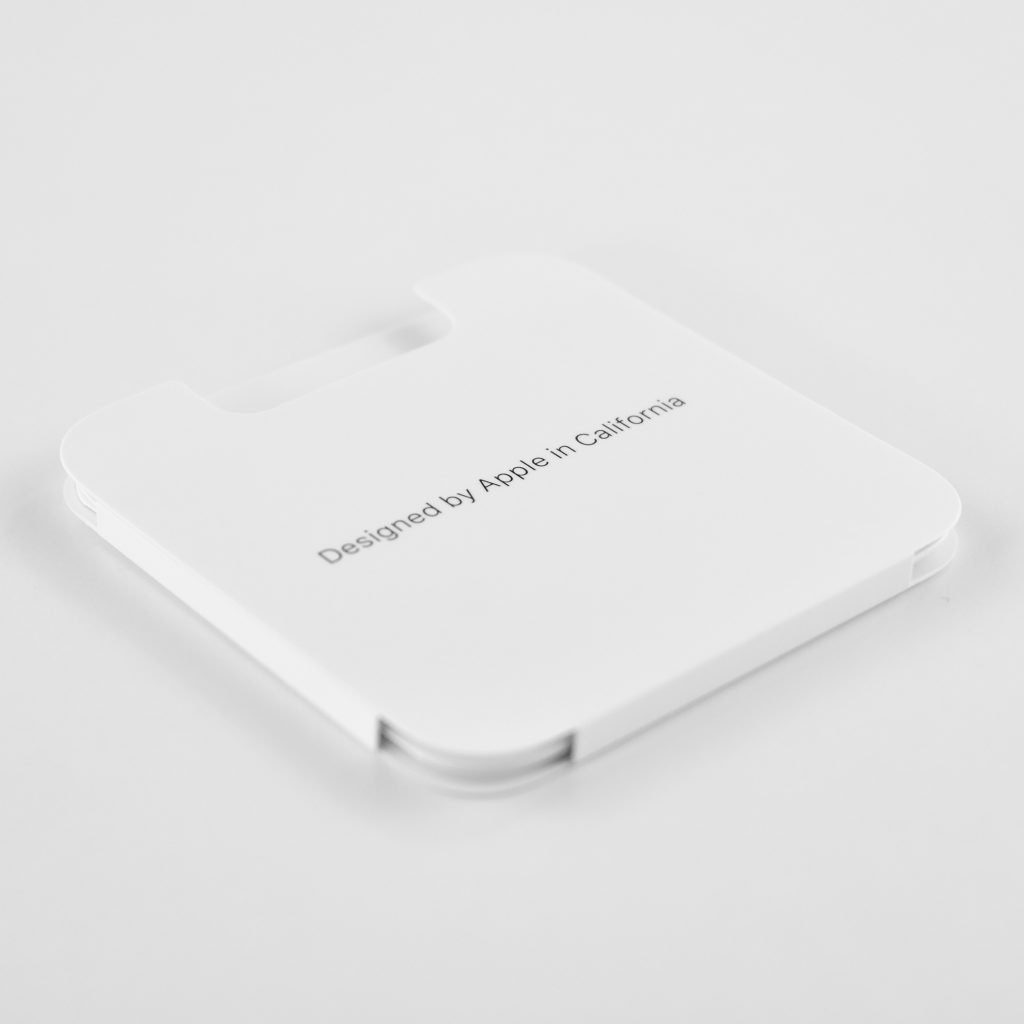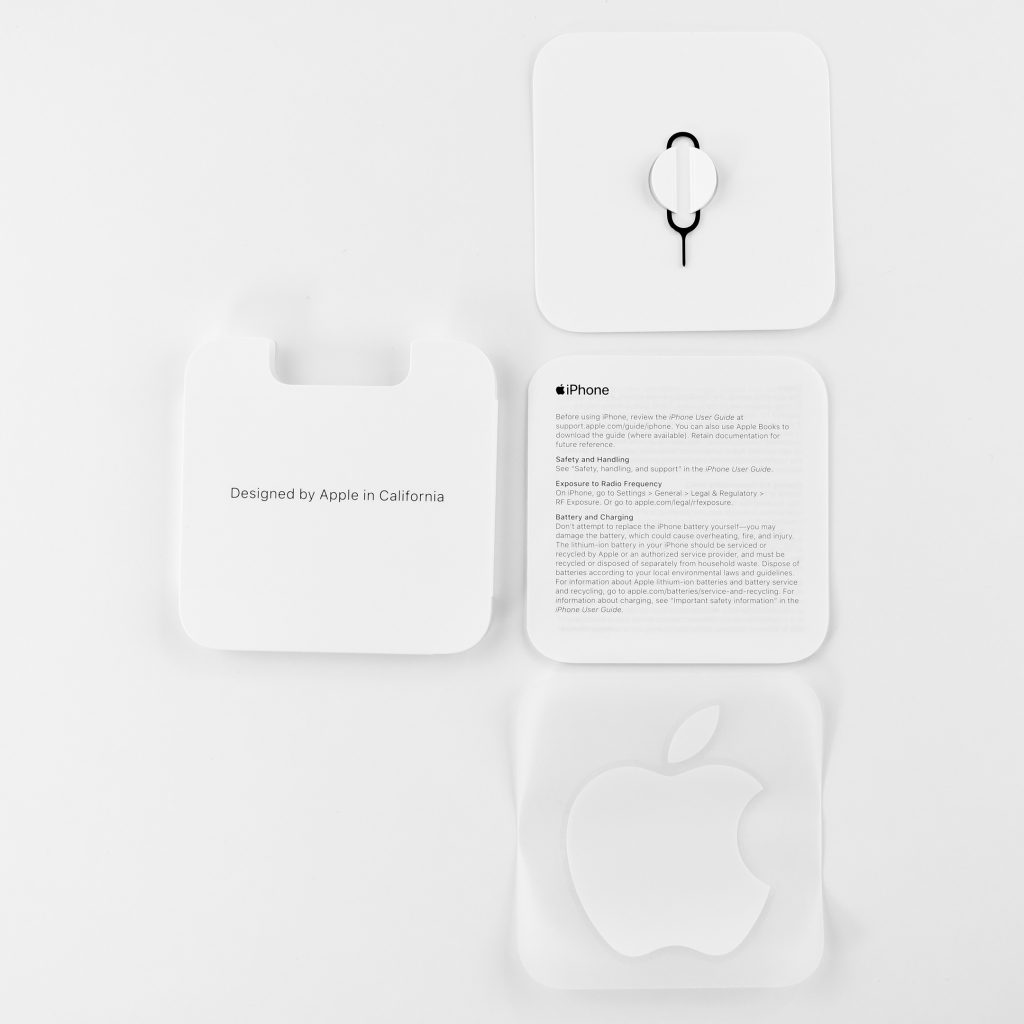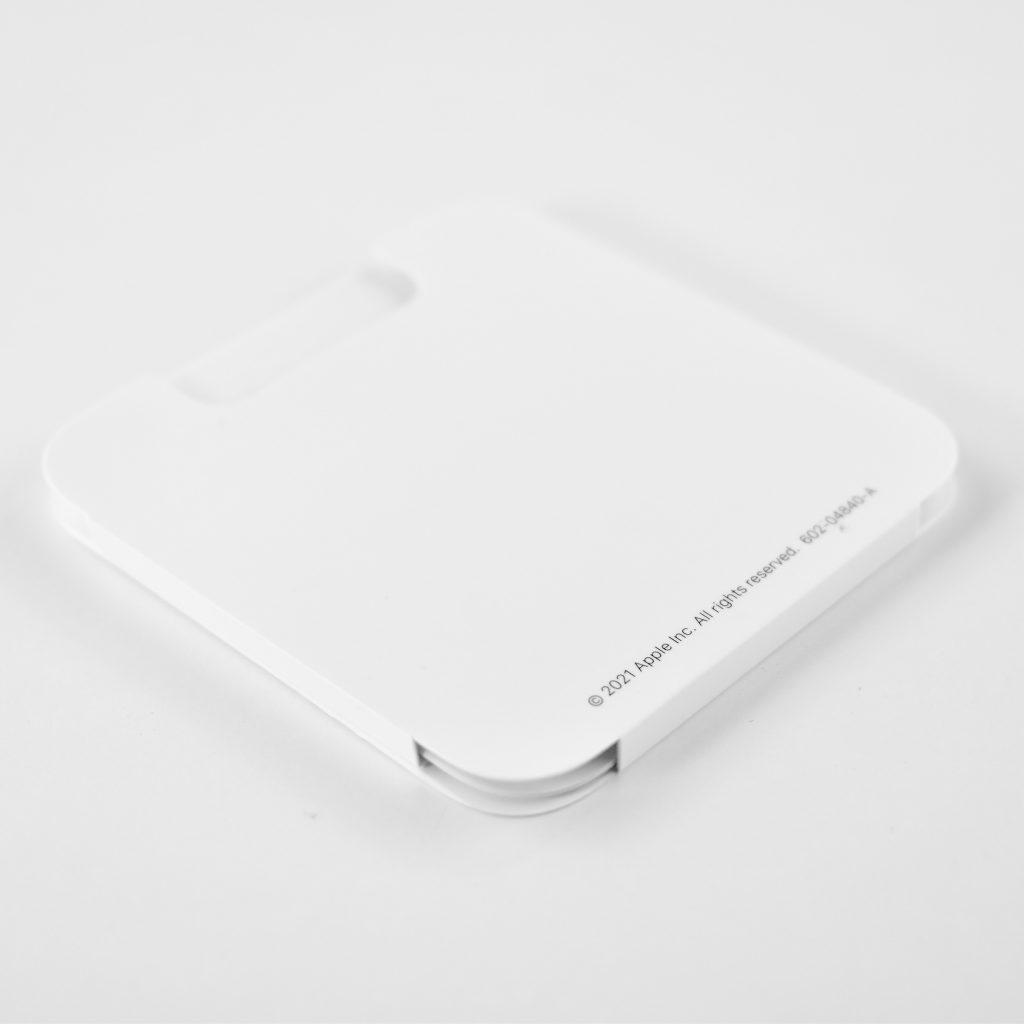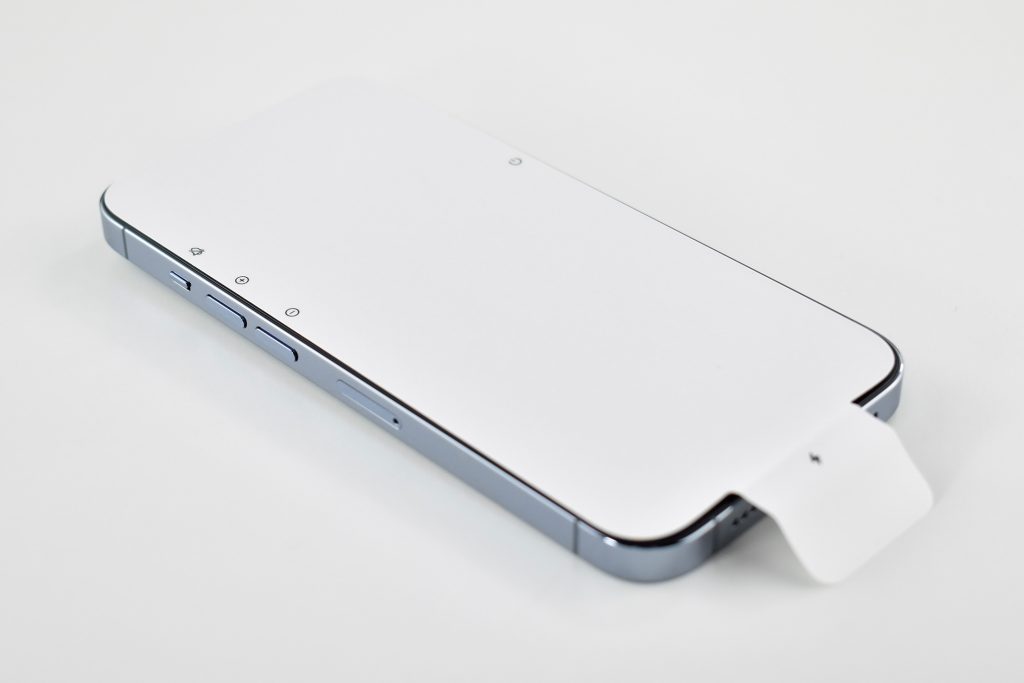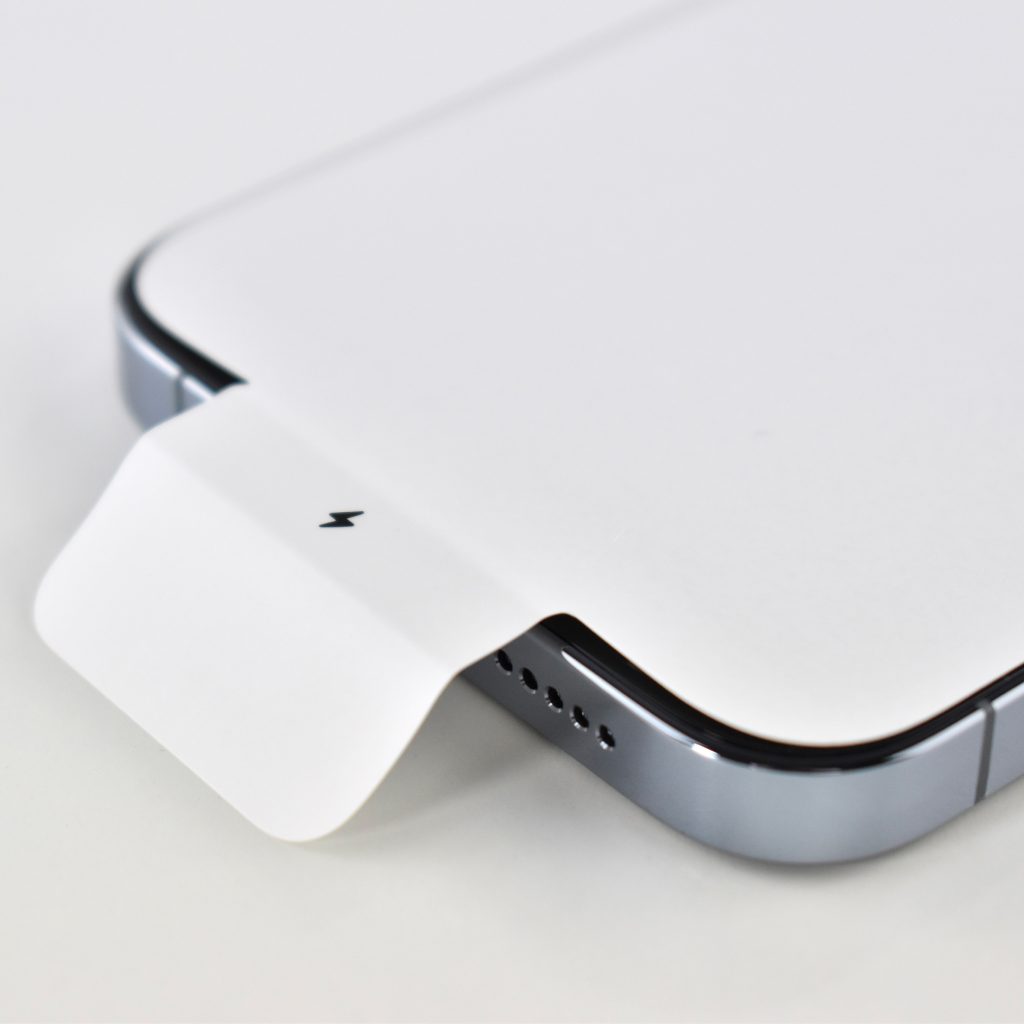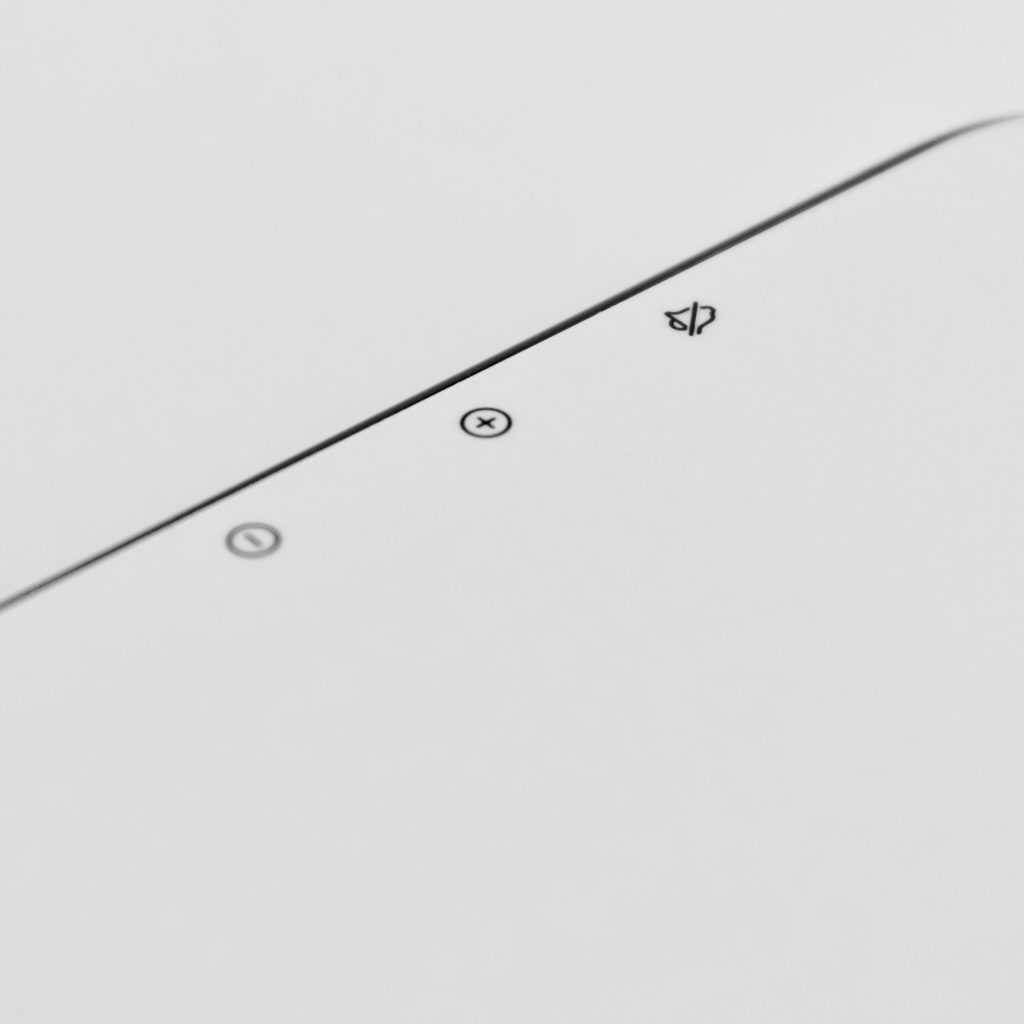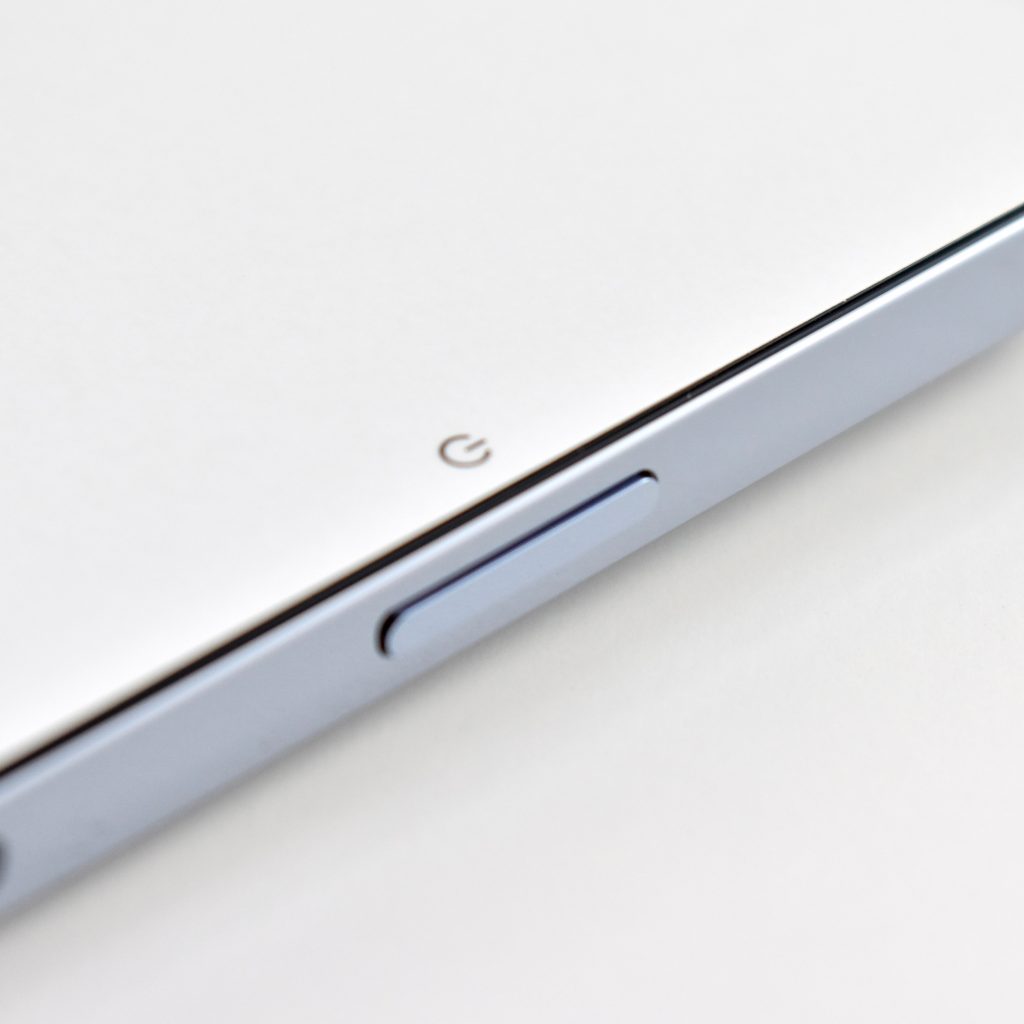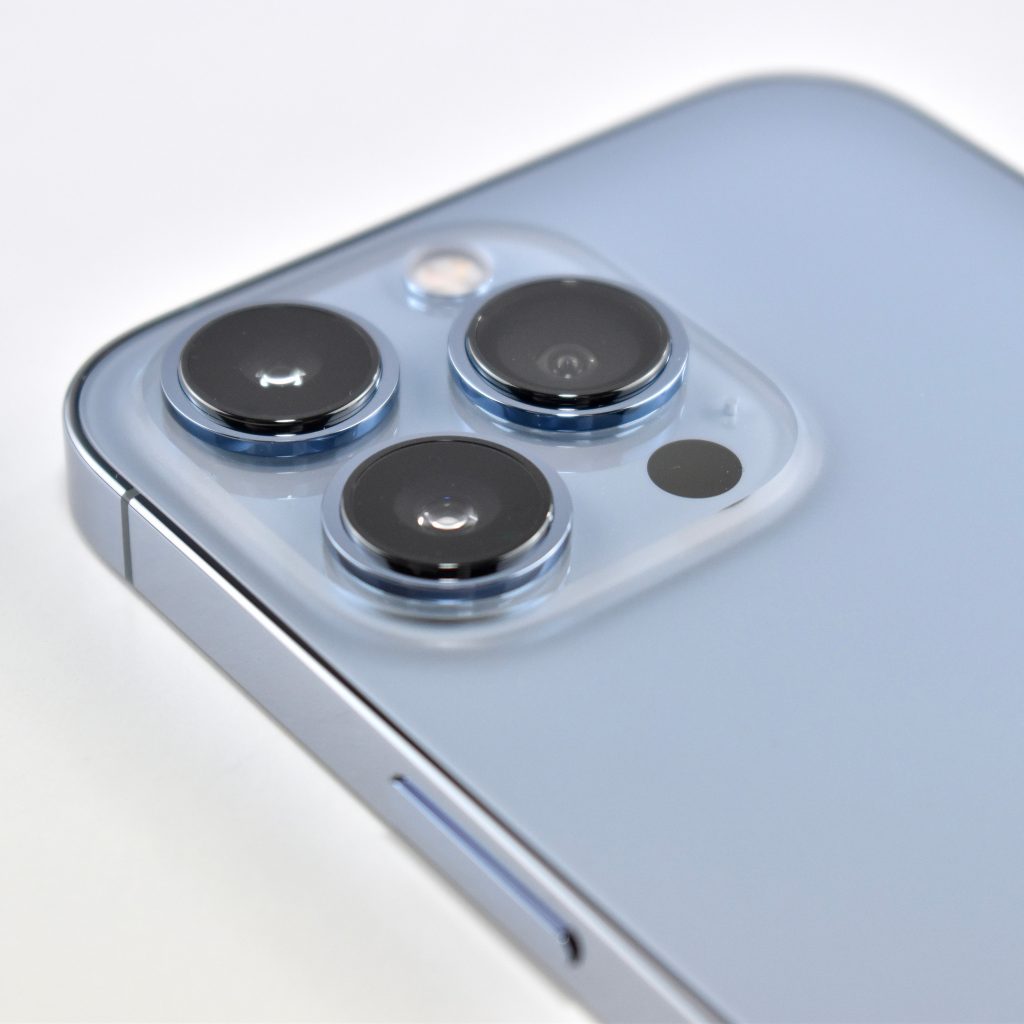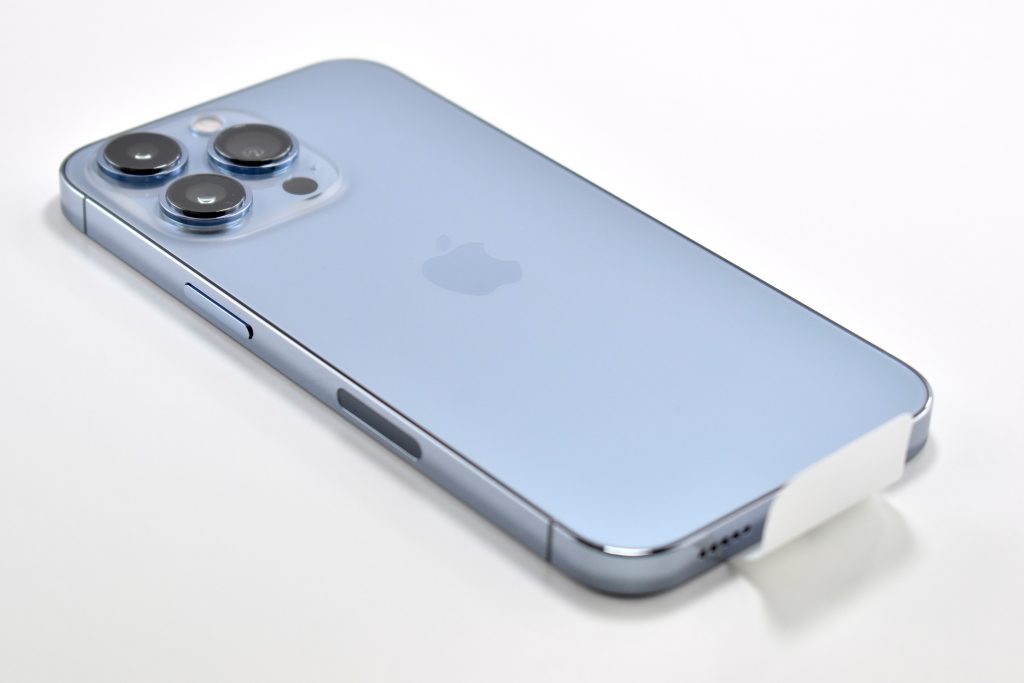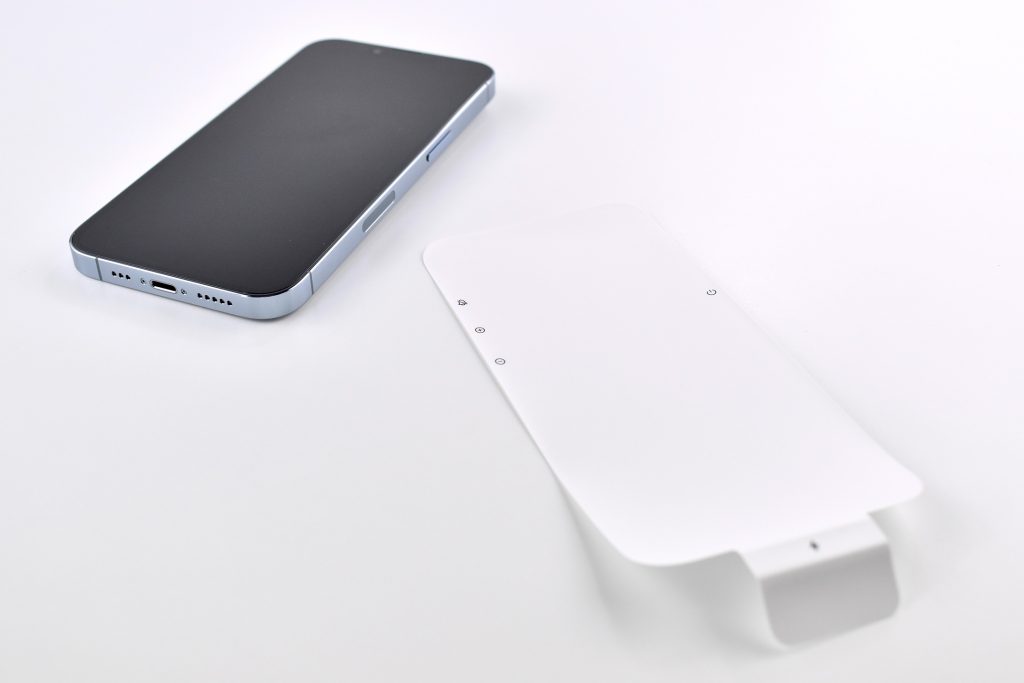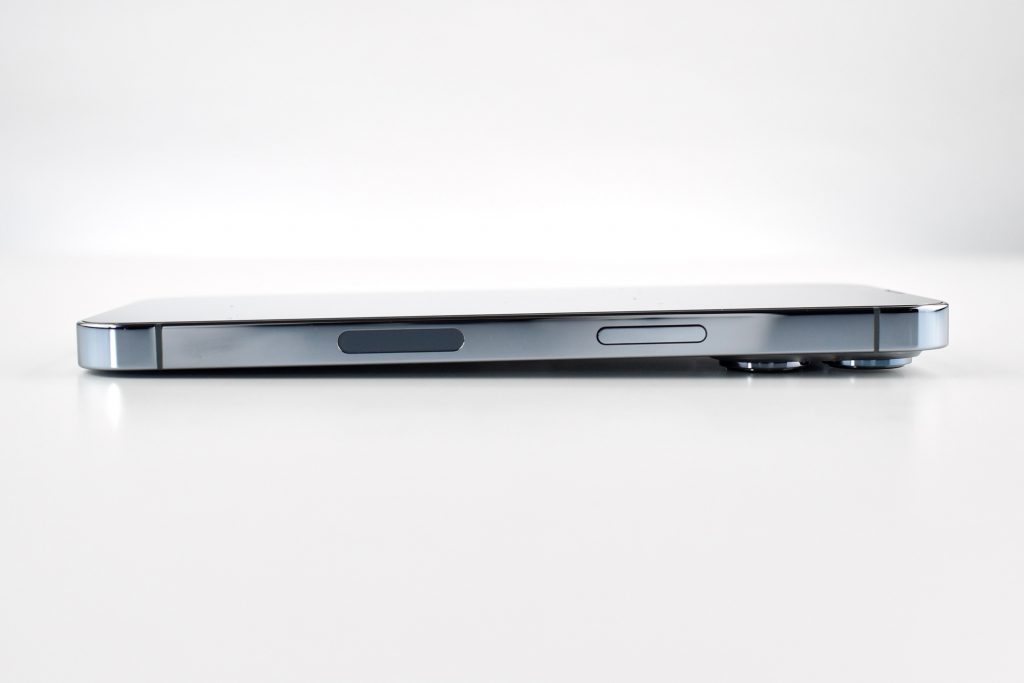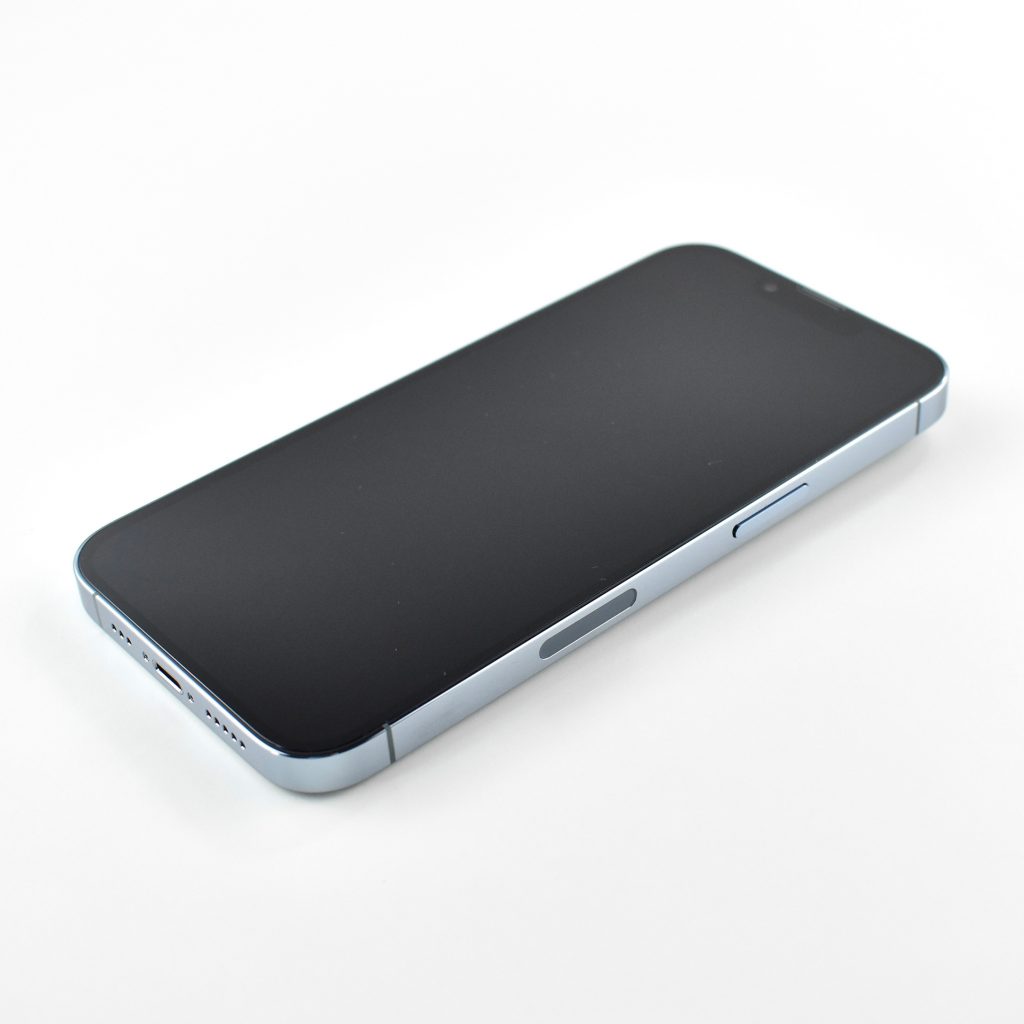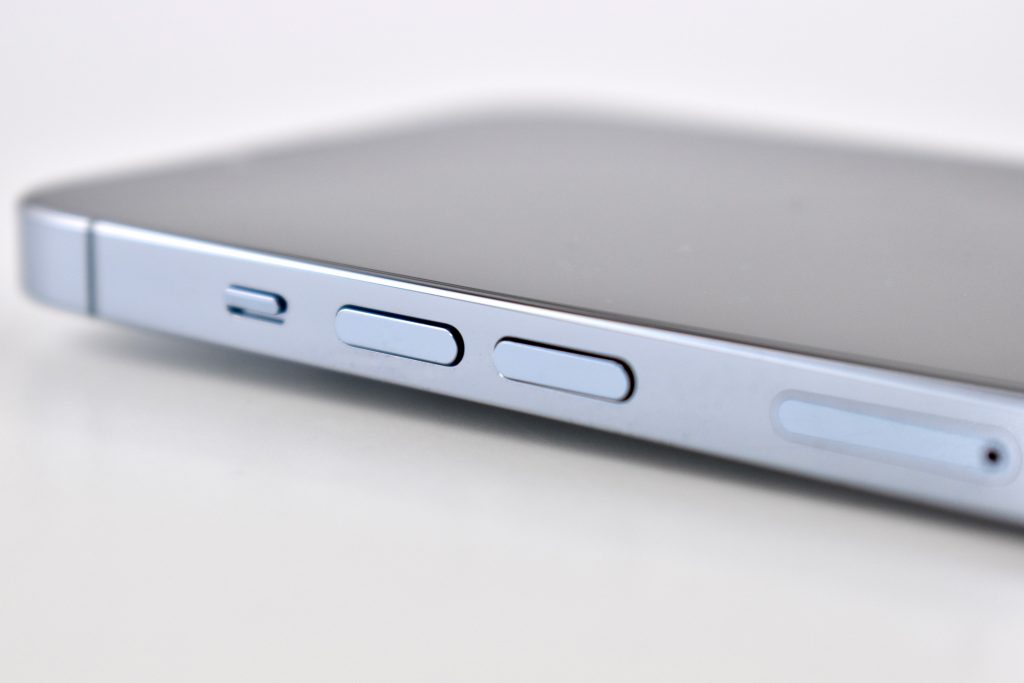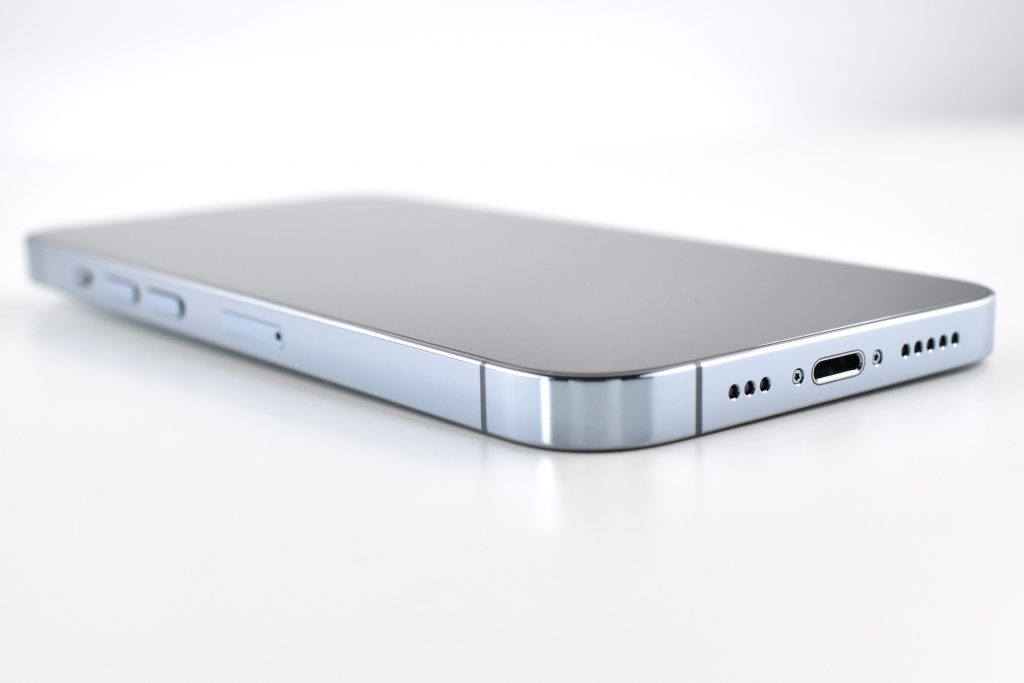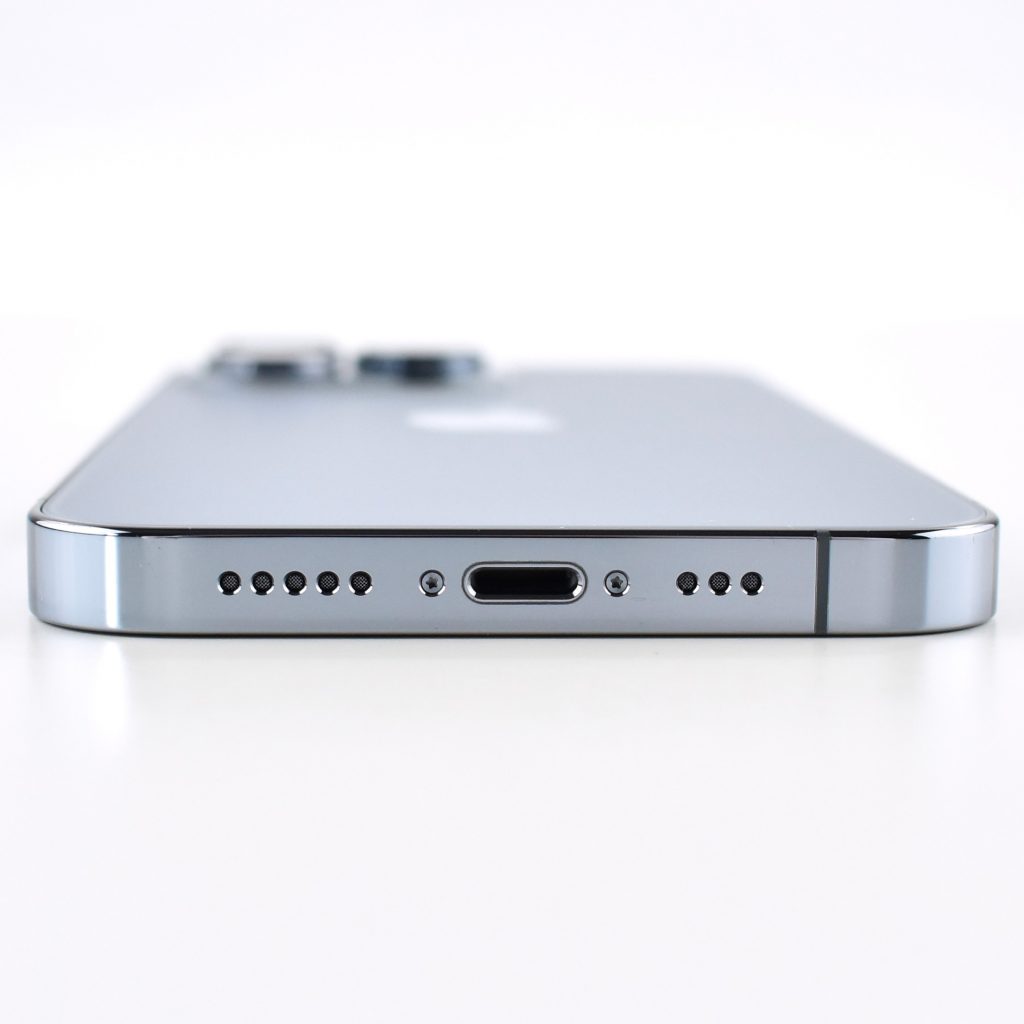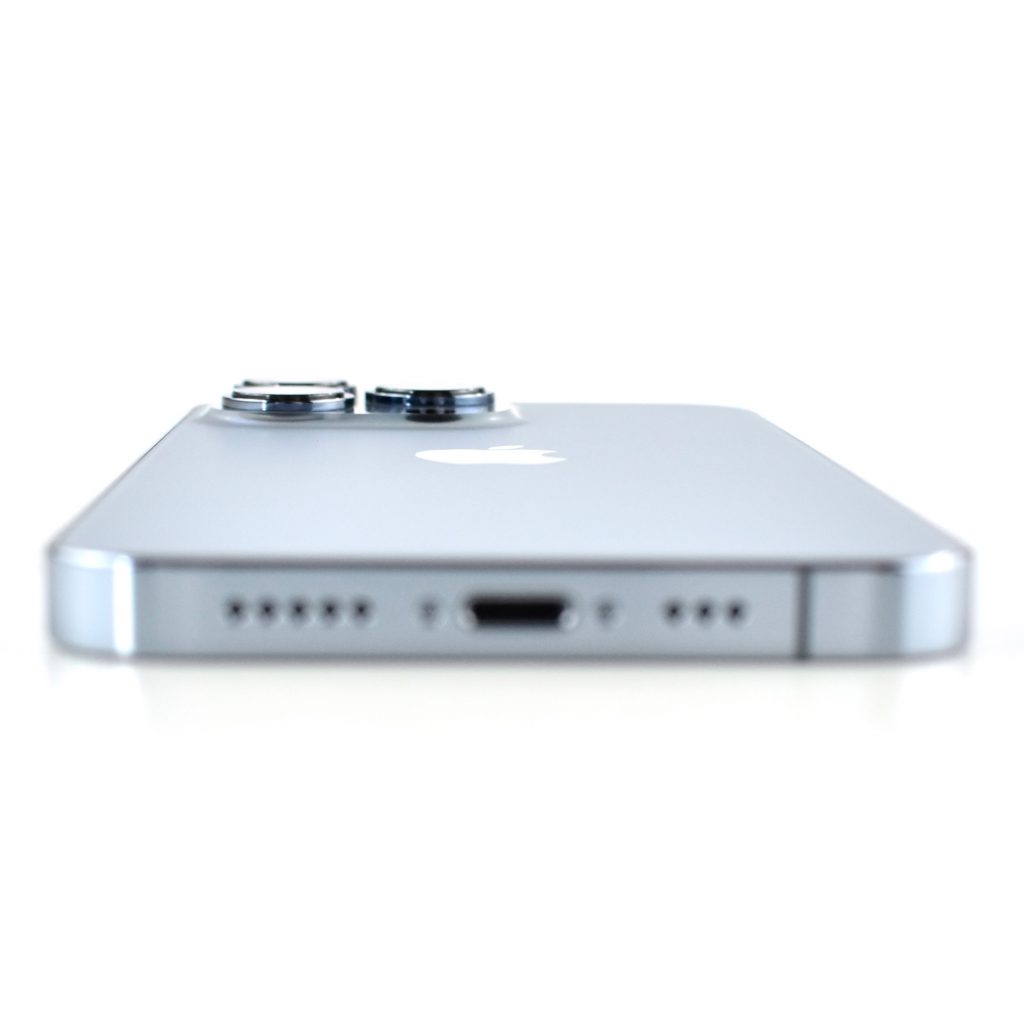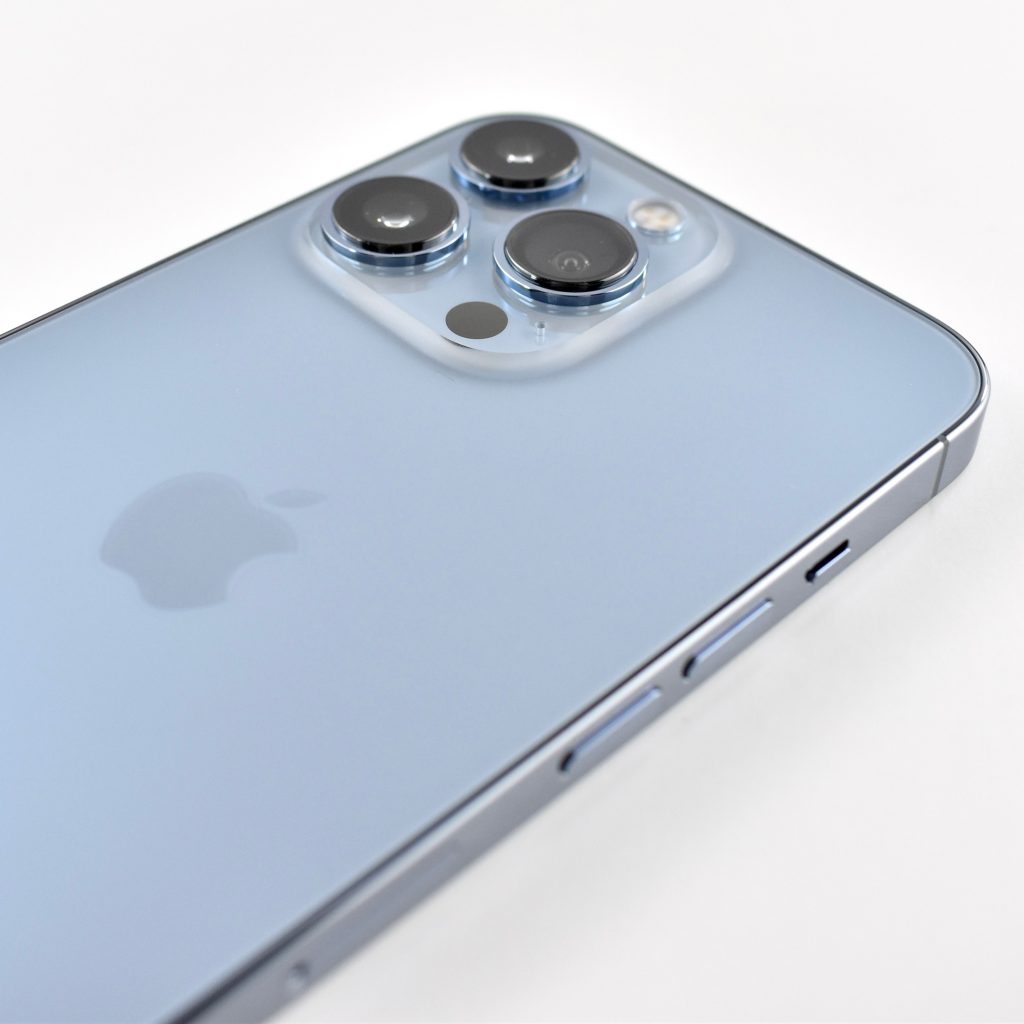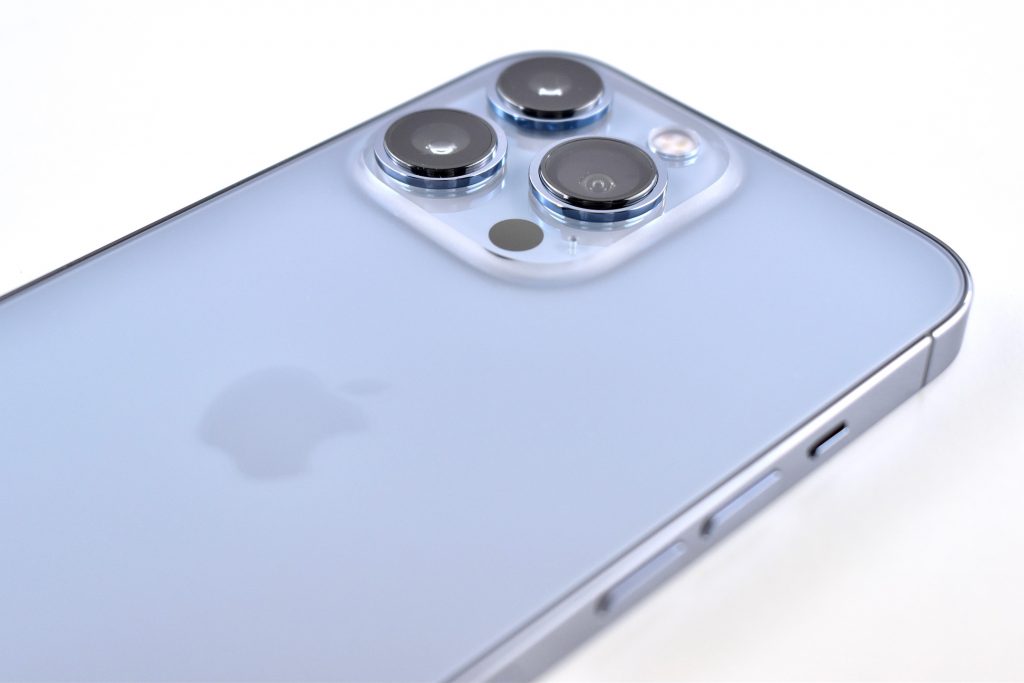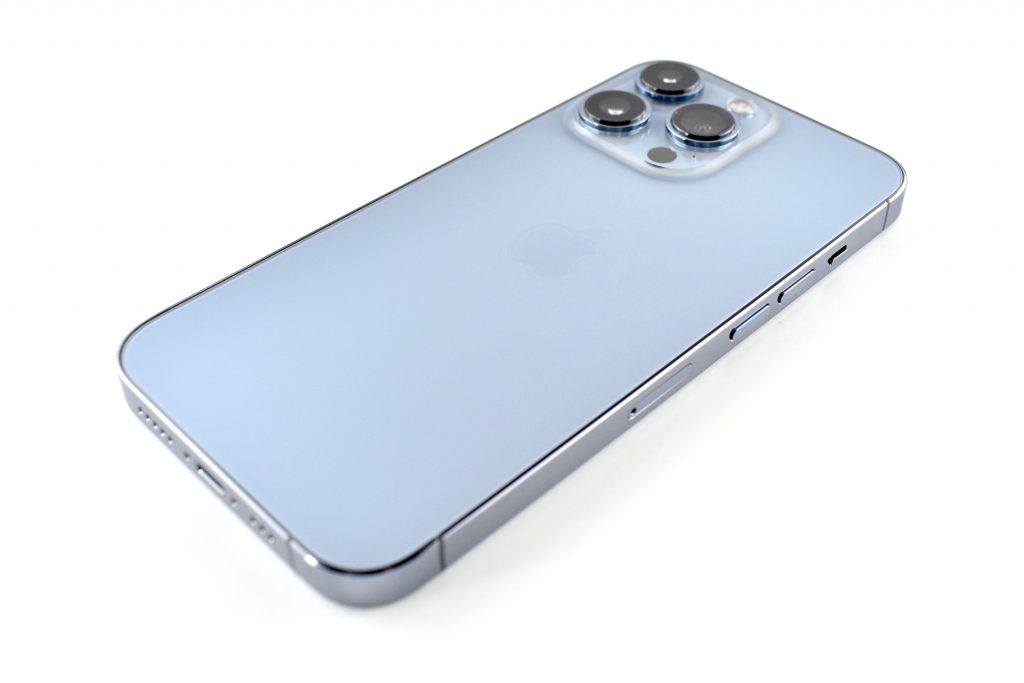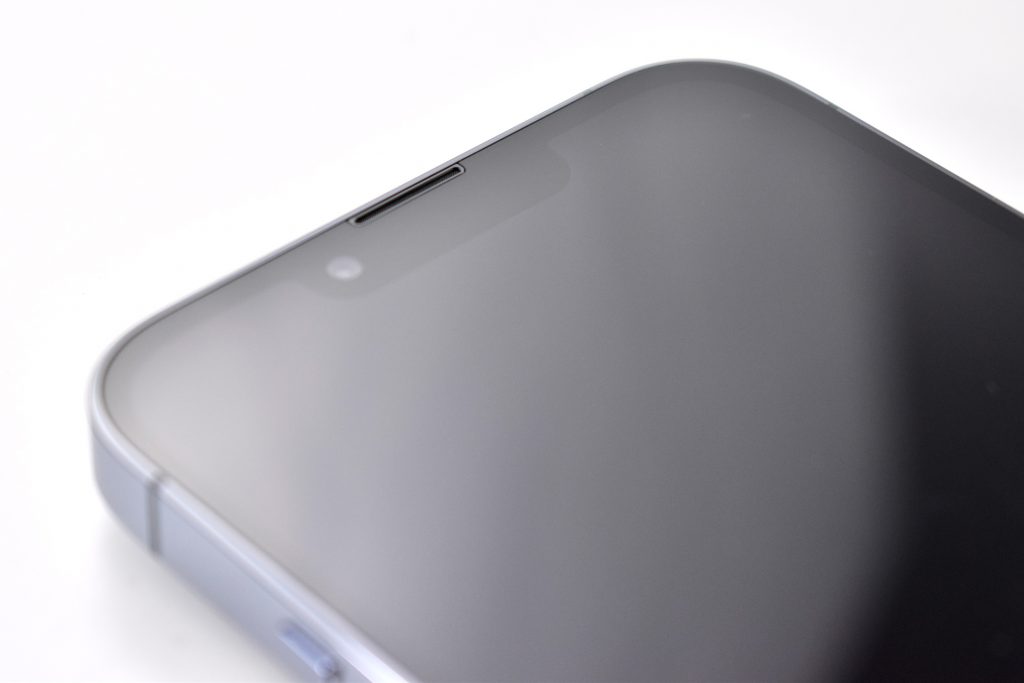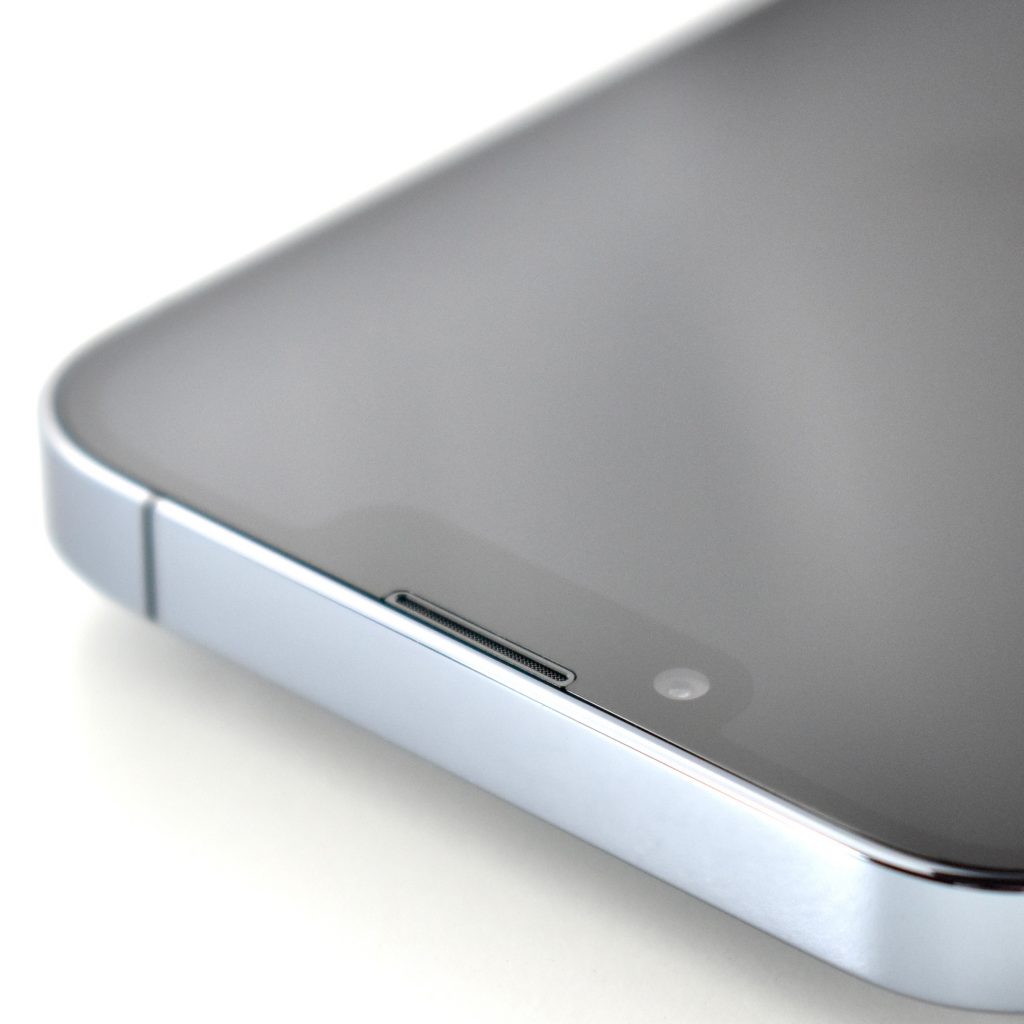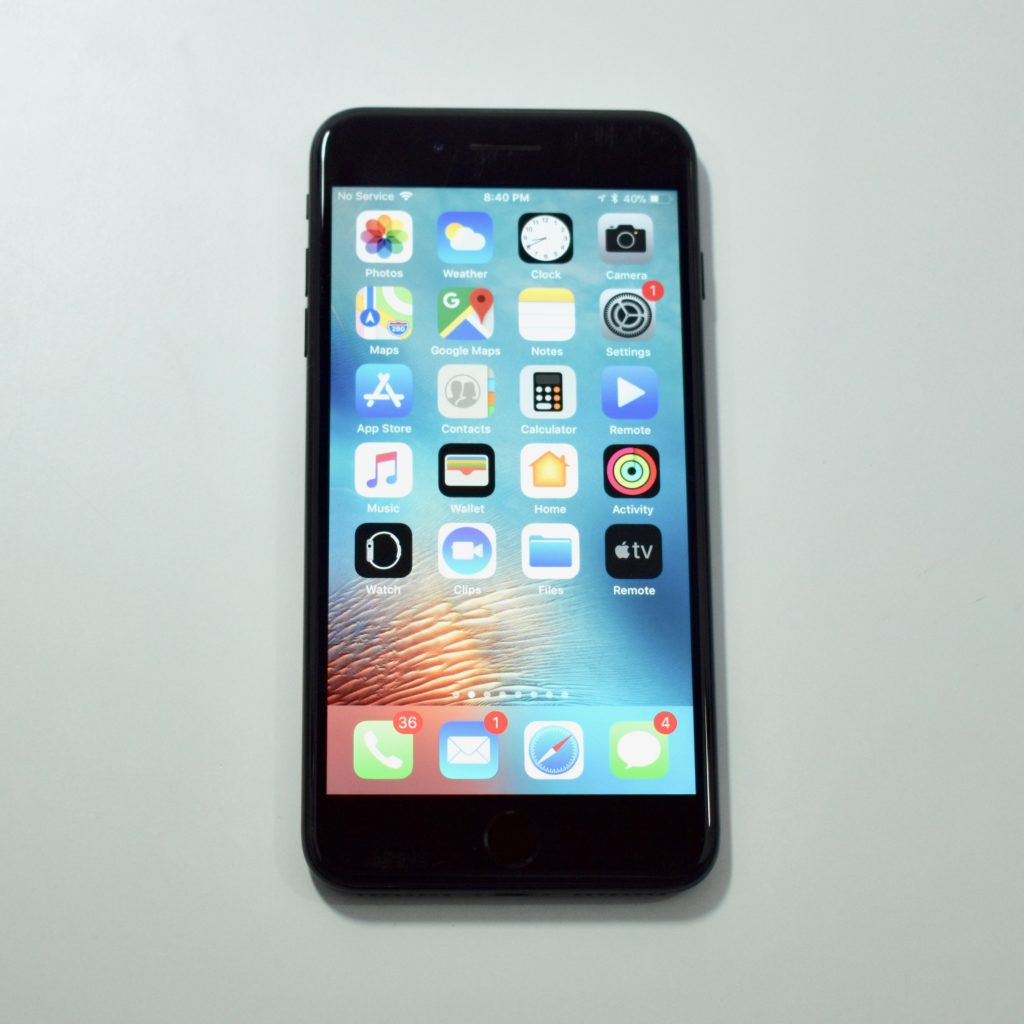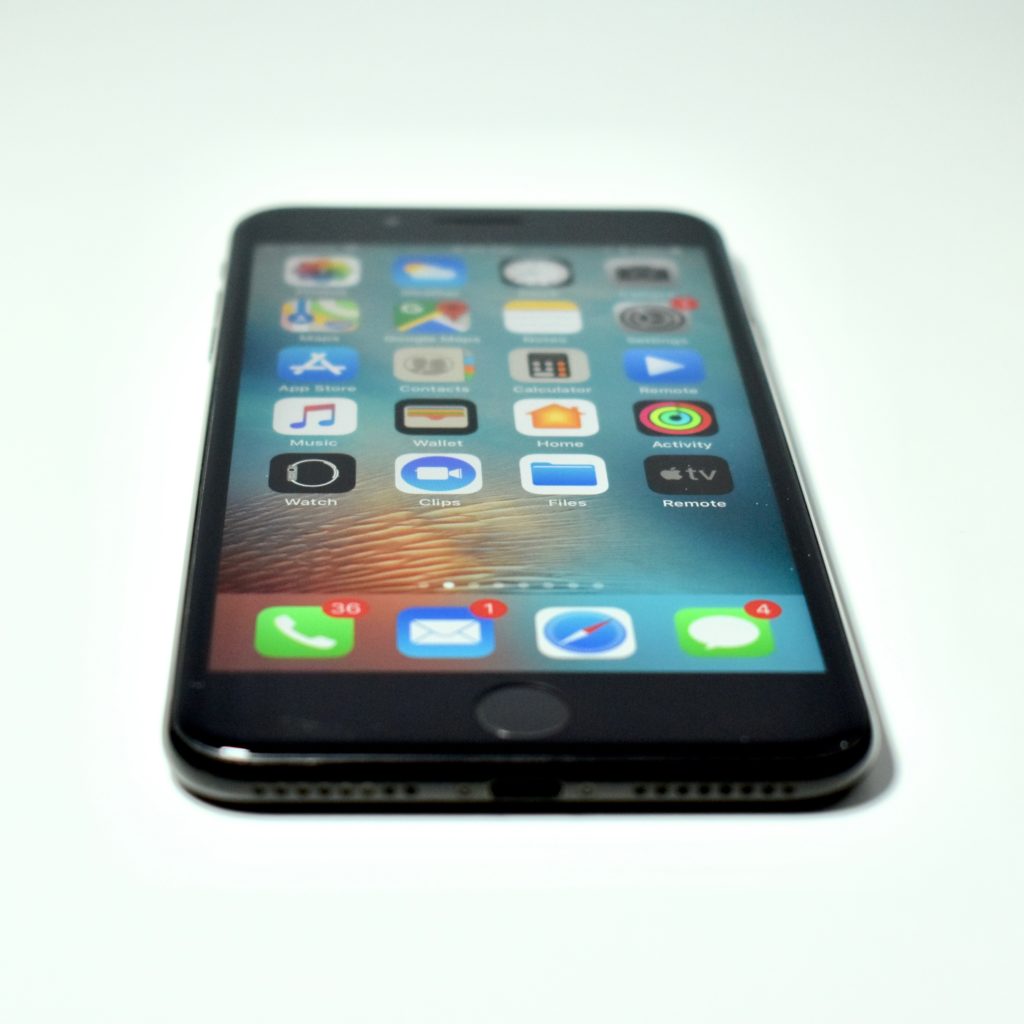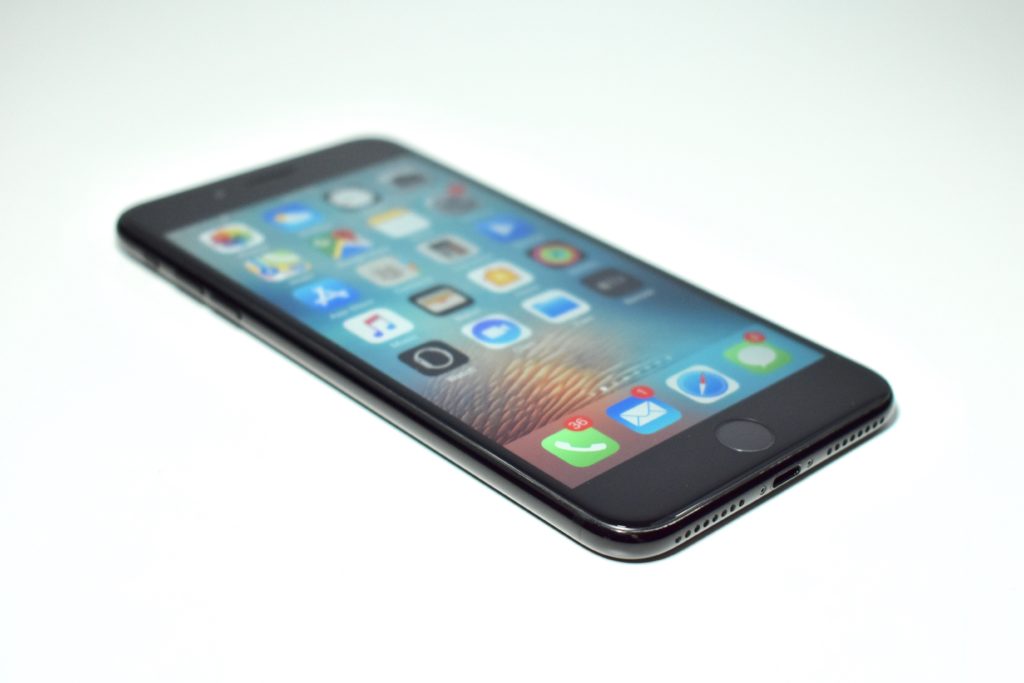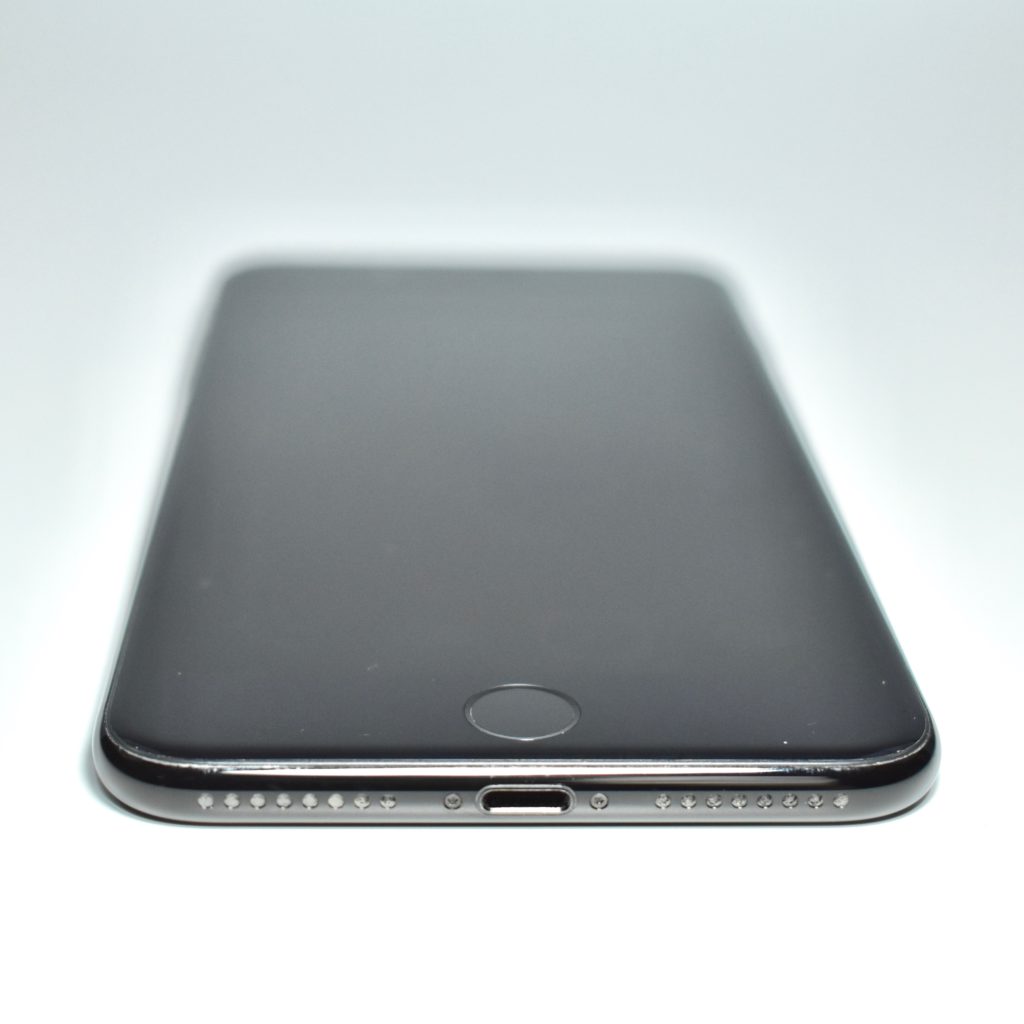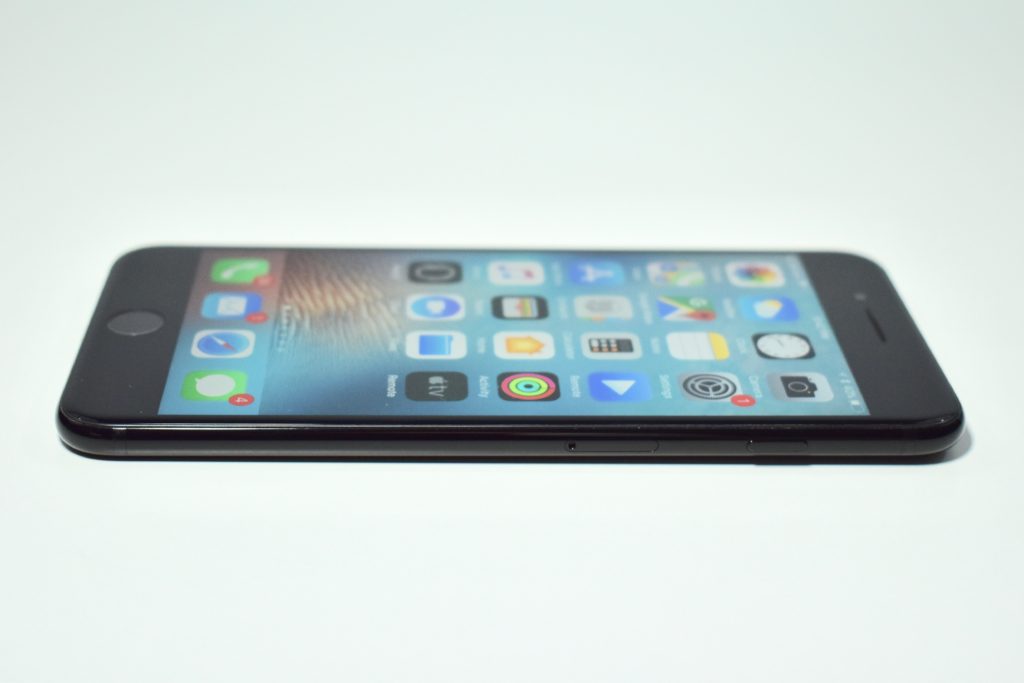The iPhone 13 Pro was released in 2021 and featured upgrades to the previous iPhone 12 models, mostly in camera technology and battery life. Its display used a 6.1-inch (diagonal) Super Retina XDR display with ProMotion (2532-by-1170-pixel resolution at 460 ppi).
Upon release, the iPhone 13 Pro used Apple’s then-current A15 Bionic chip and included a 12MP camera system with three cameras: Telephoto, Wide, and Ultra Wide. The cameras allowed 3x optical zoom in, 2x optical zoom out, and 6x optical zoom range with a digital zoom up to 15x. This iPhone added the ability for “Cinematic mode for recording videos with shallow depth of field (1080p at 30 fps).” It also added the ability to capture Macro photography:
“With its redesigned lens and powerful autofocus system, the new Ultra Wide camera can focus at just 2 cm — making even the smallest details seem epic. Transform a leaf into abstract art. Capture a caterpillar’s fuzz. Magnify a dewdrop. The beauty of tiny awaits.”
For the first time, the iPhone 13 Pro and iPhone 13 Pro Max offered identical technical specifications—previous Pro Max models offered additional technical capabilities over the smaller Pro model. However, the Pro Max offered slightly longer battery life (due to its increased size), and a larger screen.
The iPhone 13 Pro measured 2.82 inches wide, 5.78 inches high, and 0.30 inch deep. It weighed 7.19 ounces. The size and weight specifications made the phone slightly larger and heavier than its iPhone 12 predecessors.
Apple marketed the iPhone 13 Pro with the following headlines:
“A dramatically more powerful camera system. A display so responsive, every interaction feels new again. The world’s fastest smartphone chip. Exceptional durability. And a huge leap in battery life. Let’s Pro.”
Further, well over half of the iPhone 13 Pro/Pro Max main web page was devoted to new camera and video features.
The iPhone 13 Pro/Pro Max was offered in four colors including Sierra Blue, Silver, Gold, and Graphite. Capacities included 128GB, 256GB, 512GB, and (for the first time in an iPhone) 1TB—an option that cost $500 over the price of the base model.
Source: Apple
